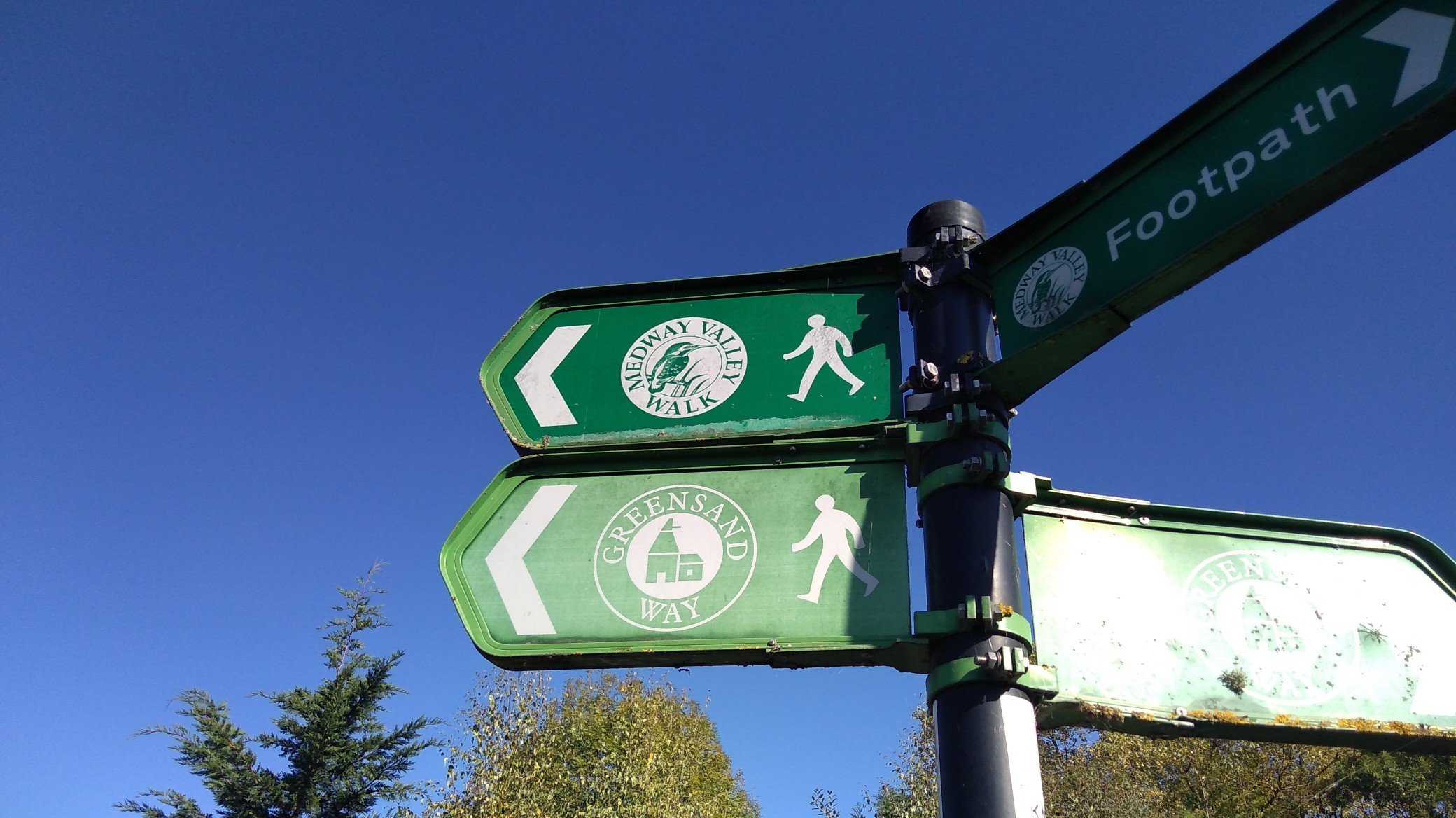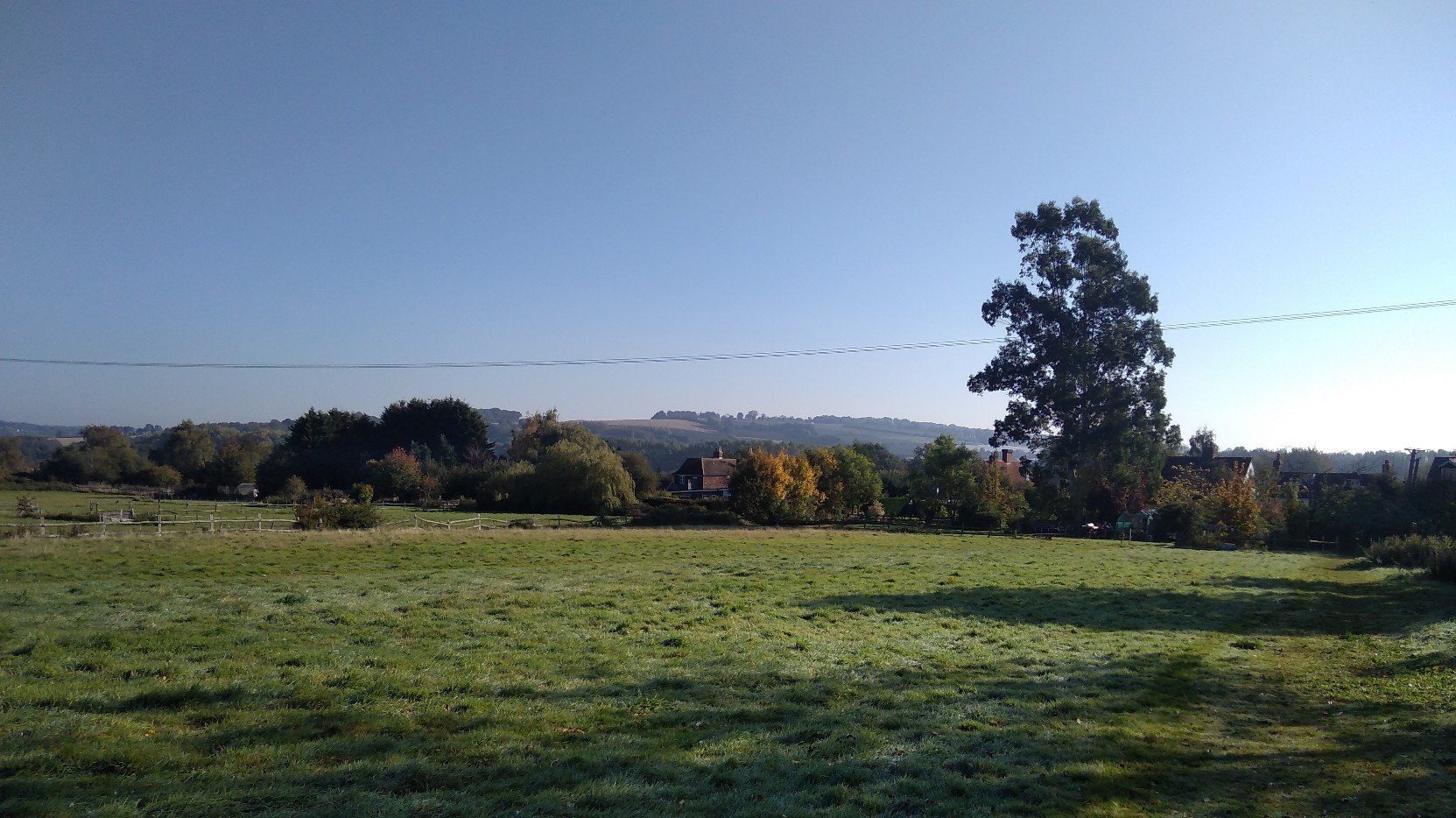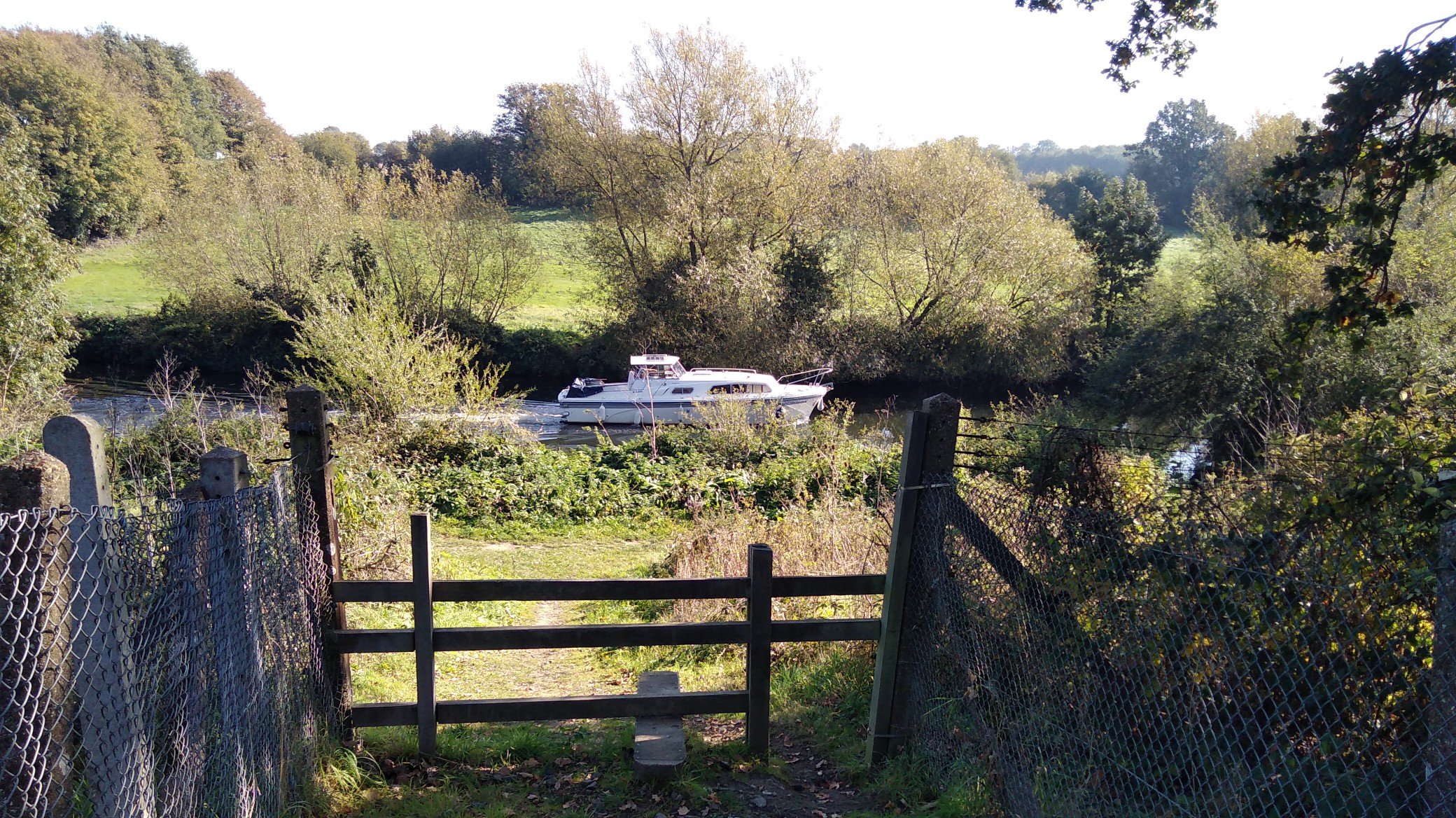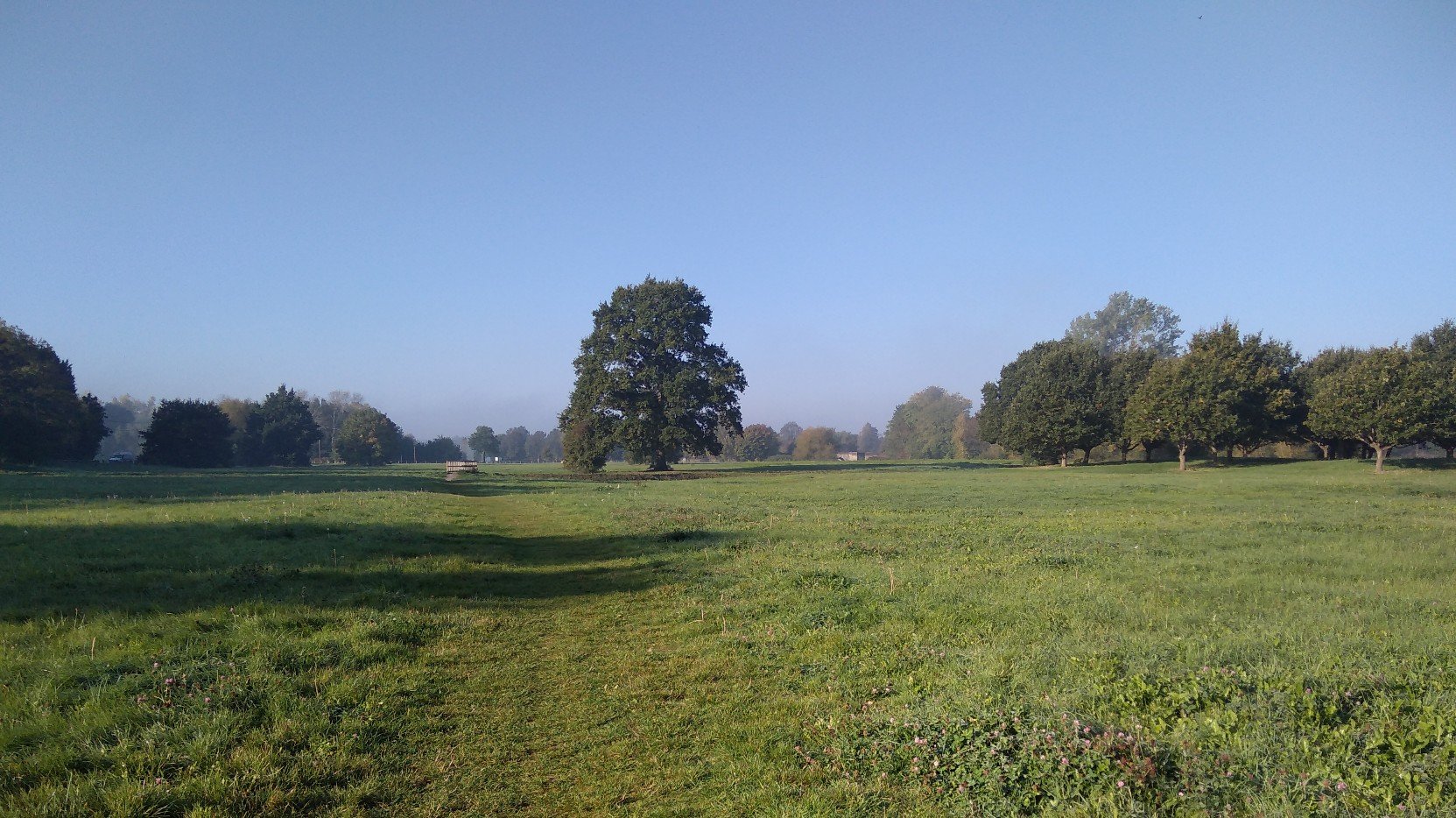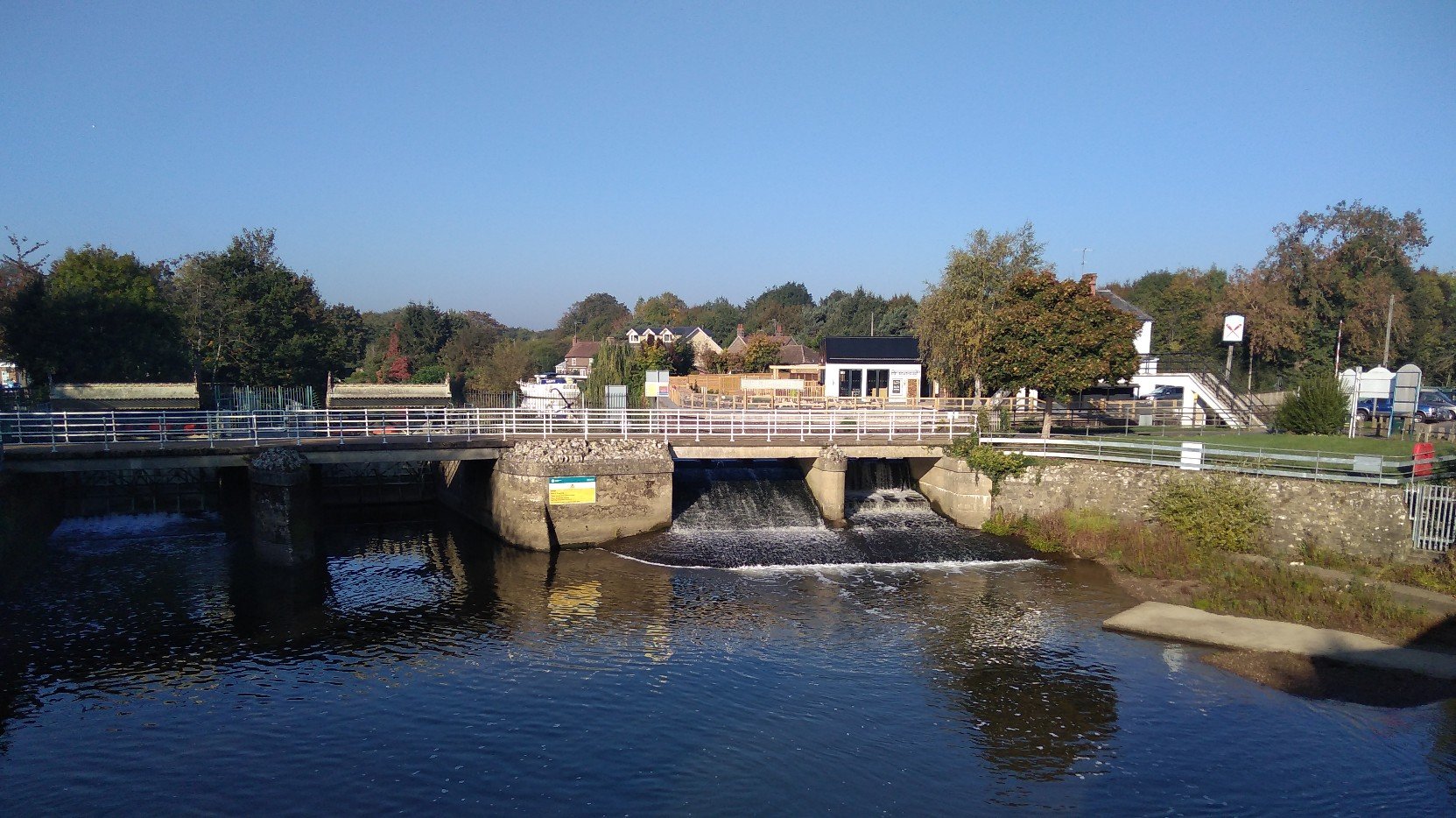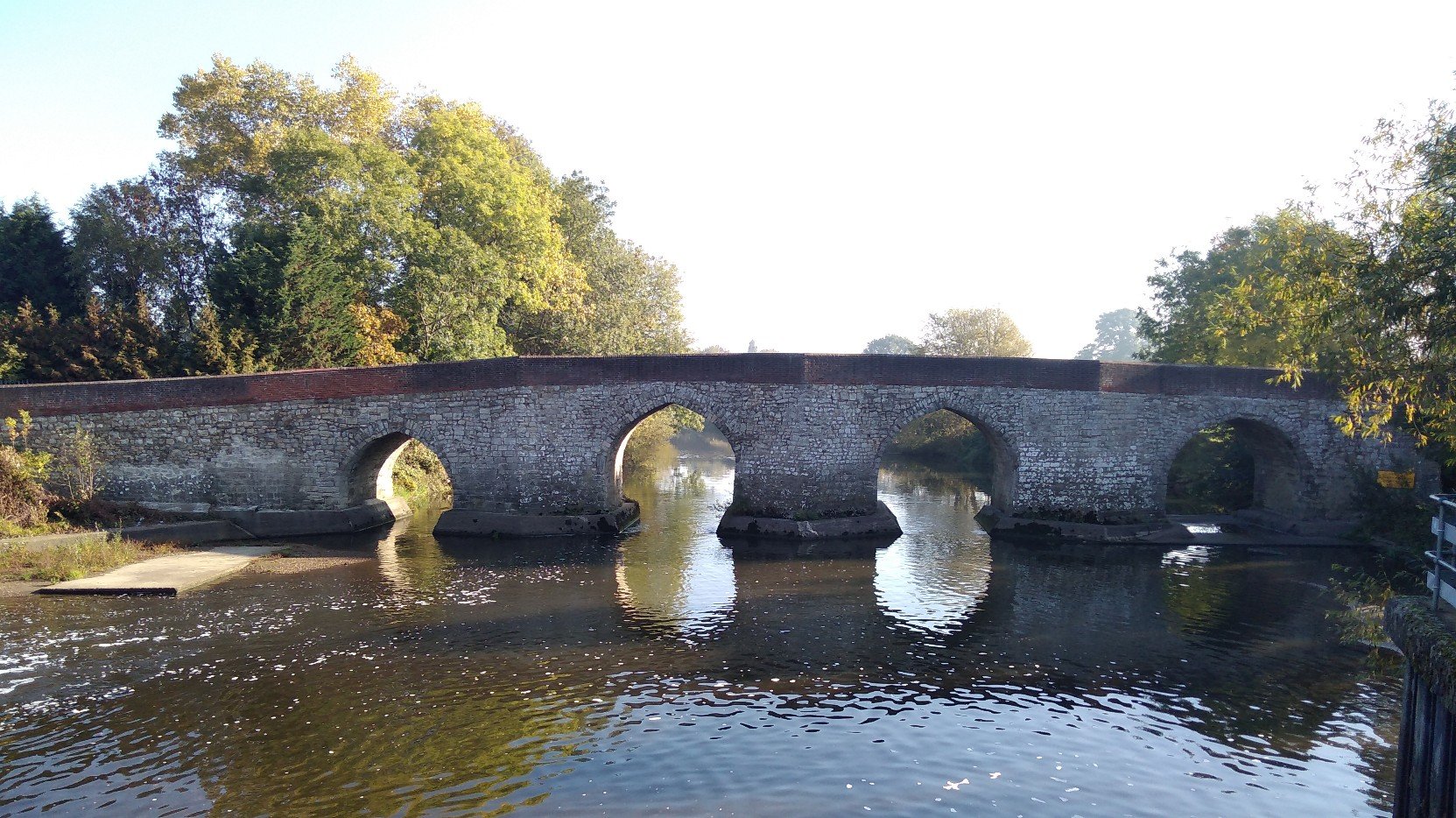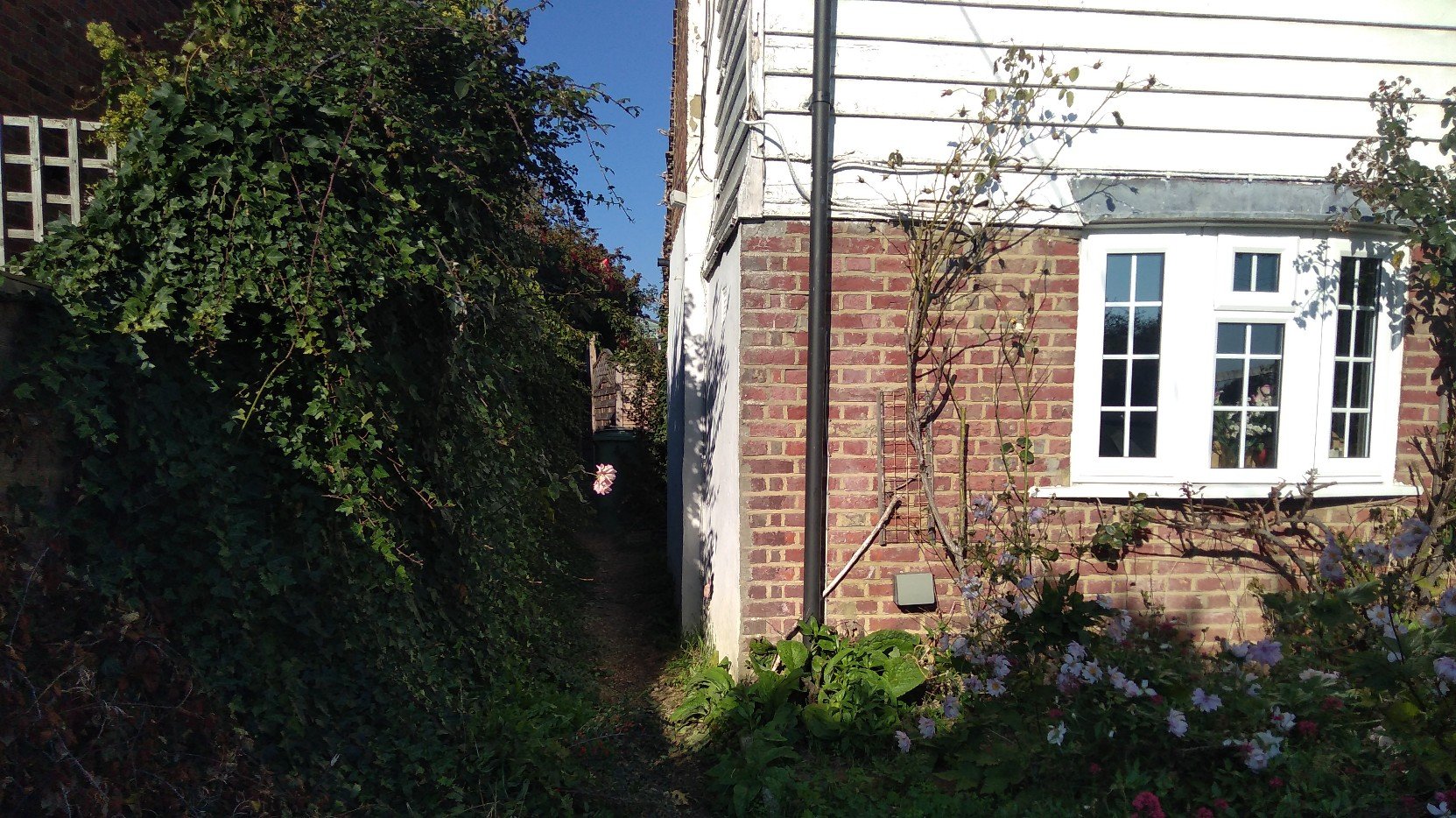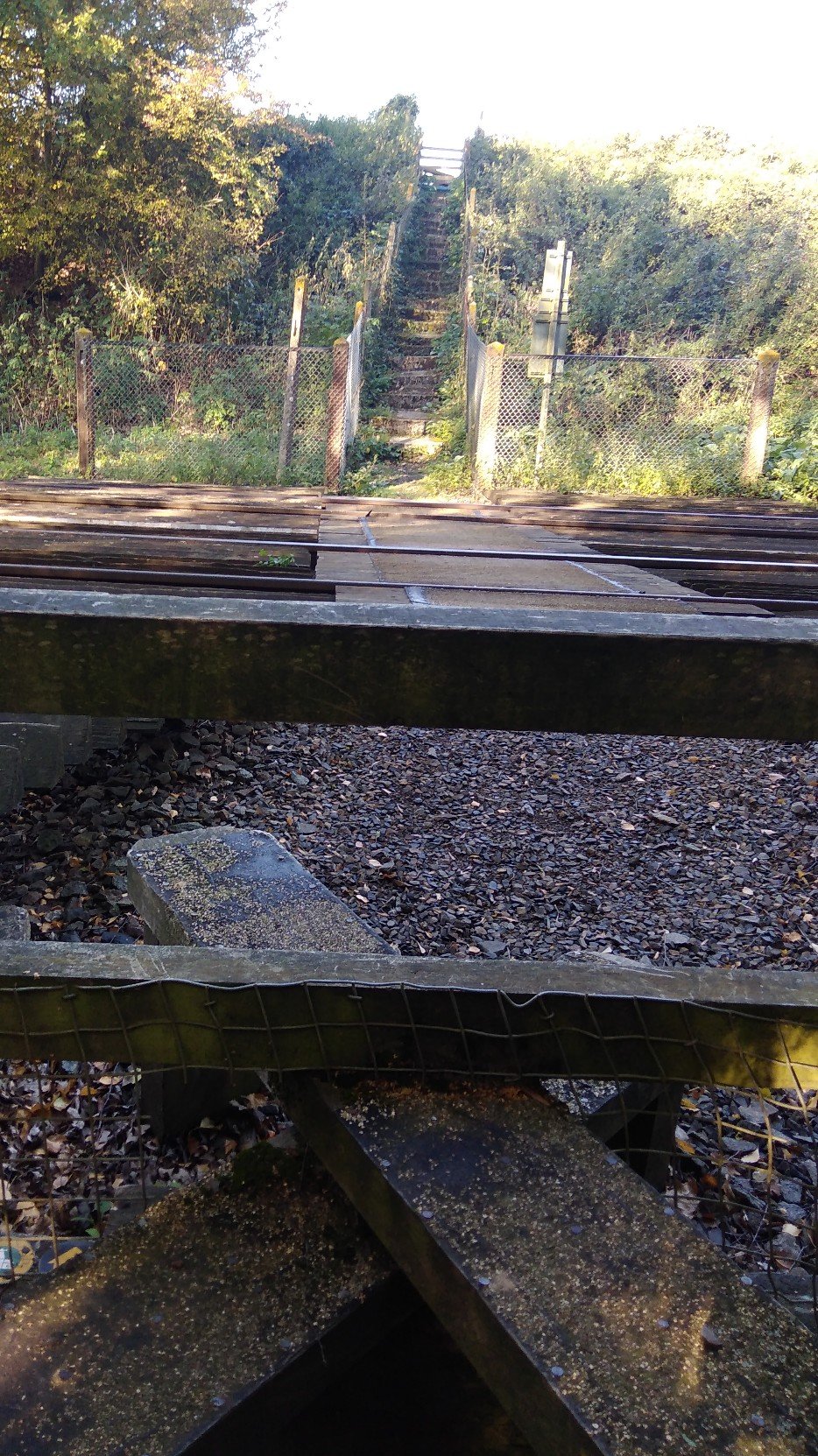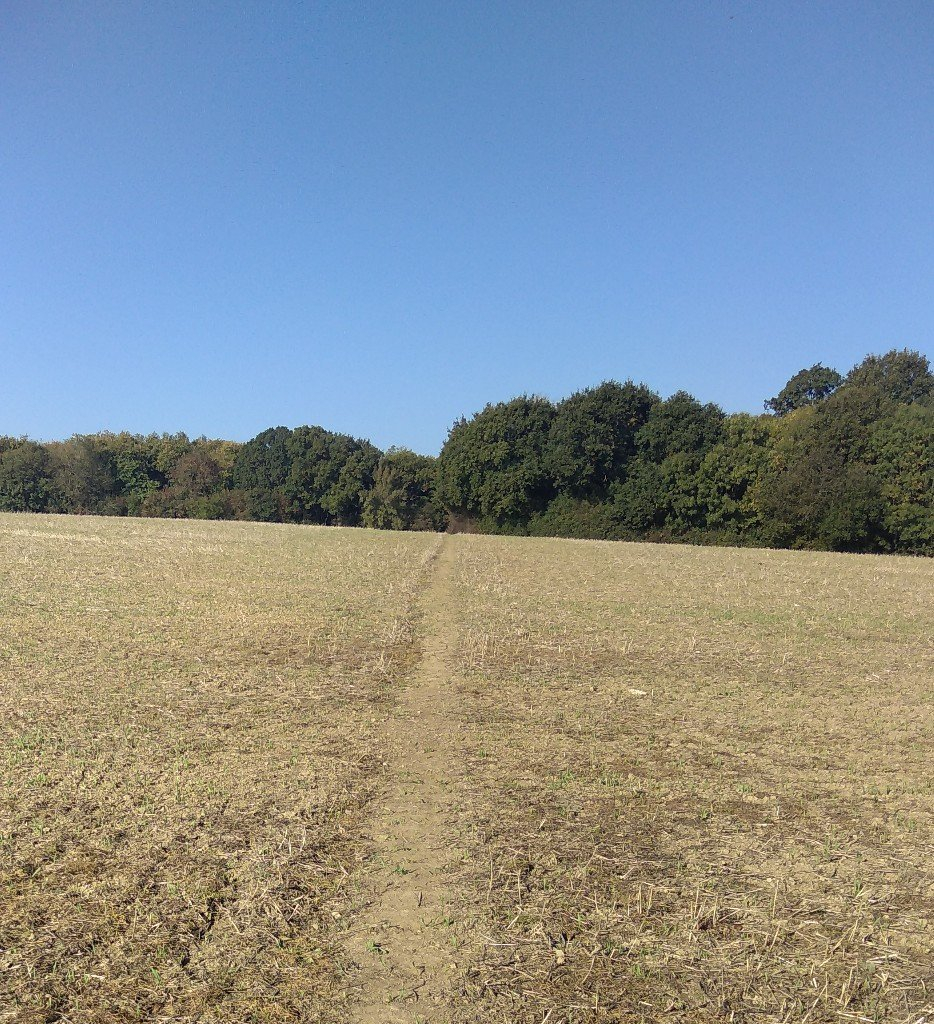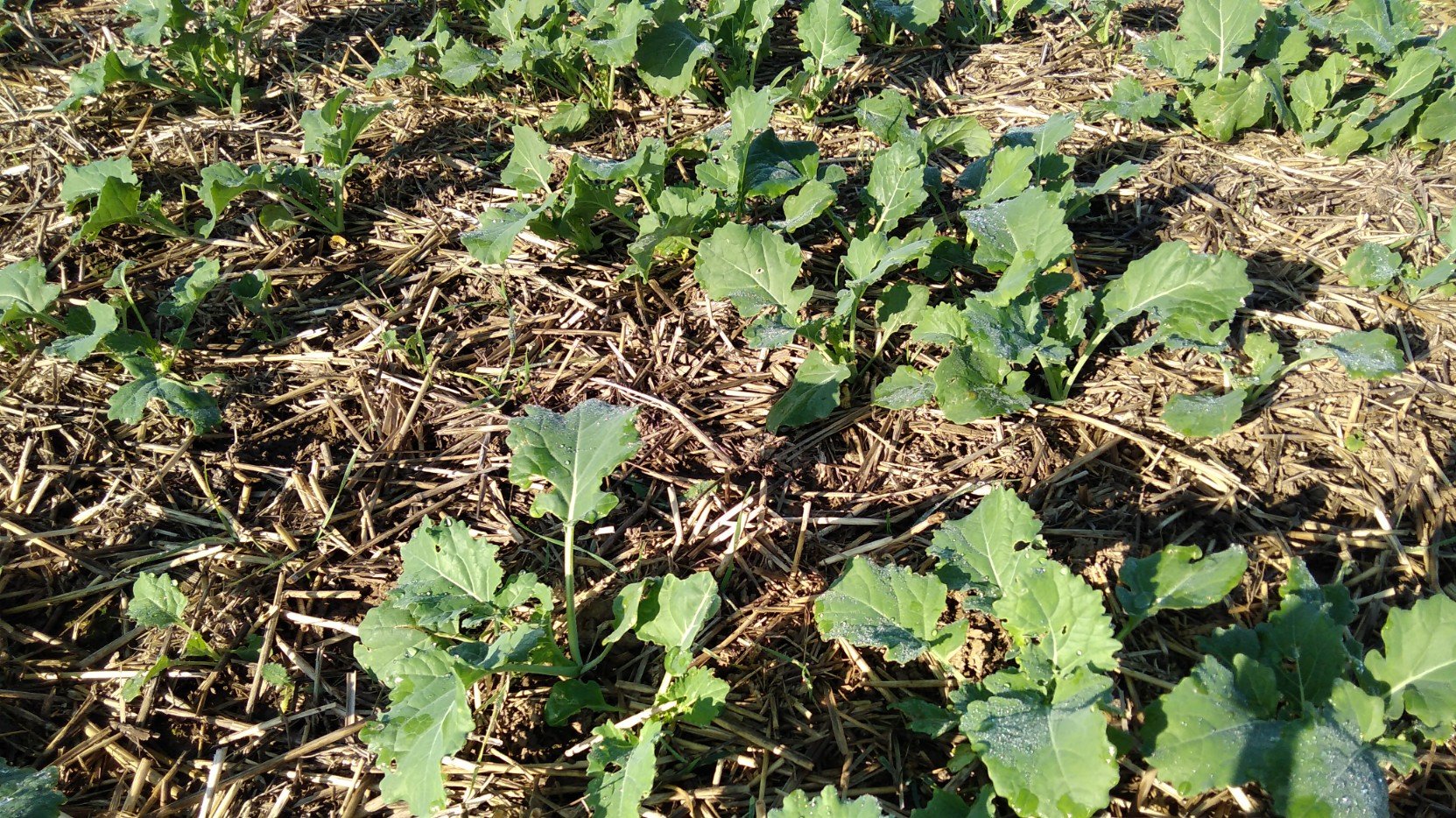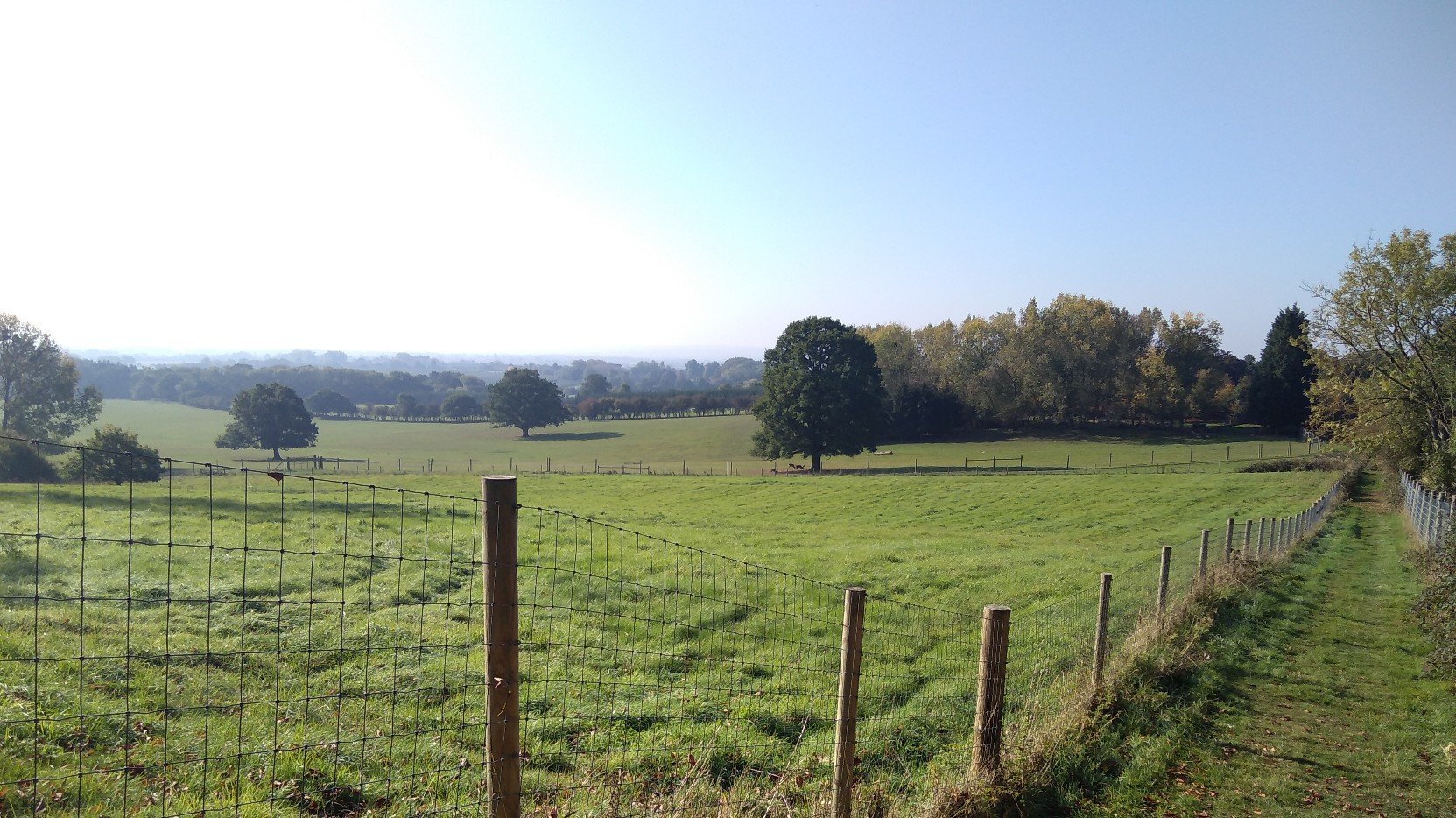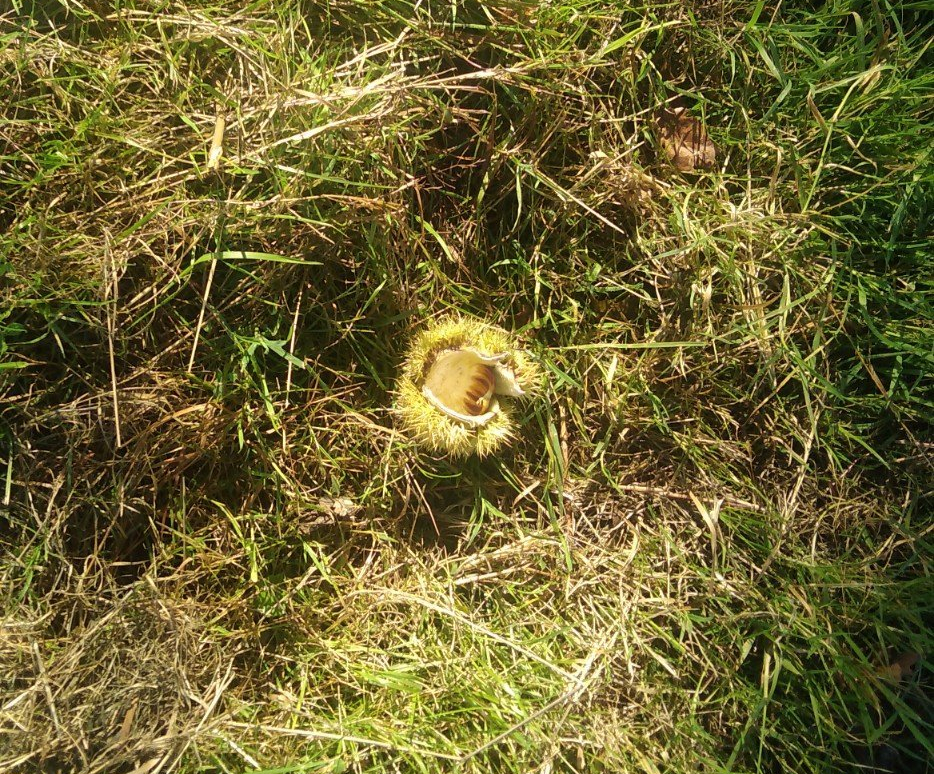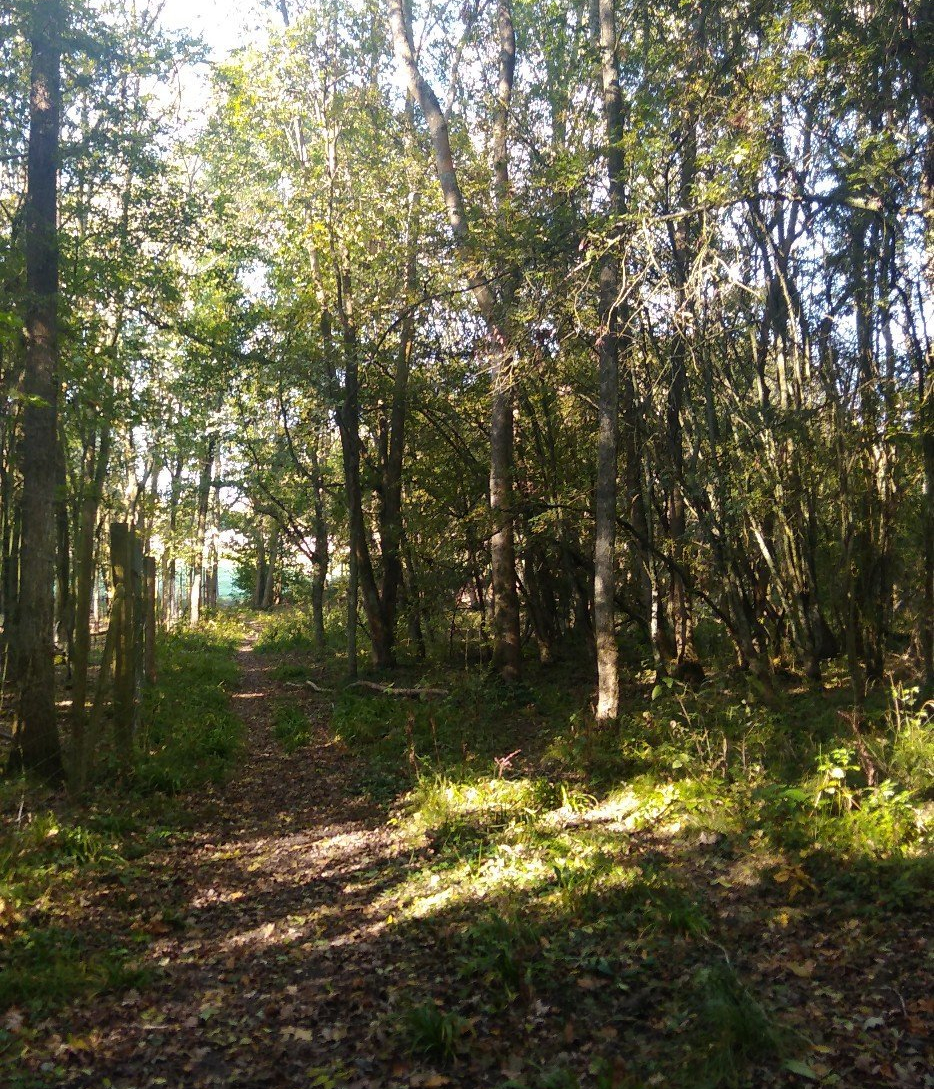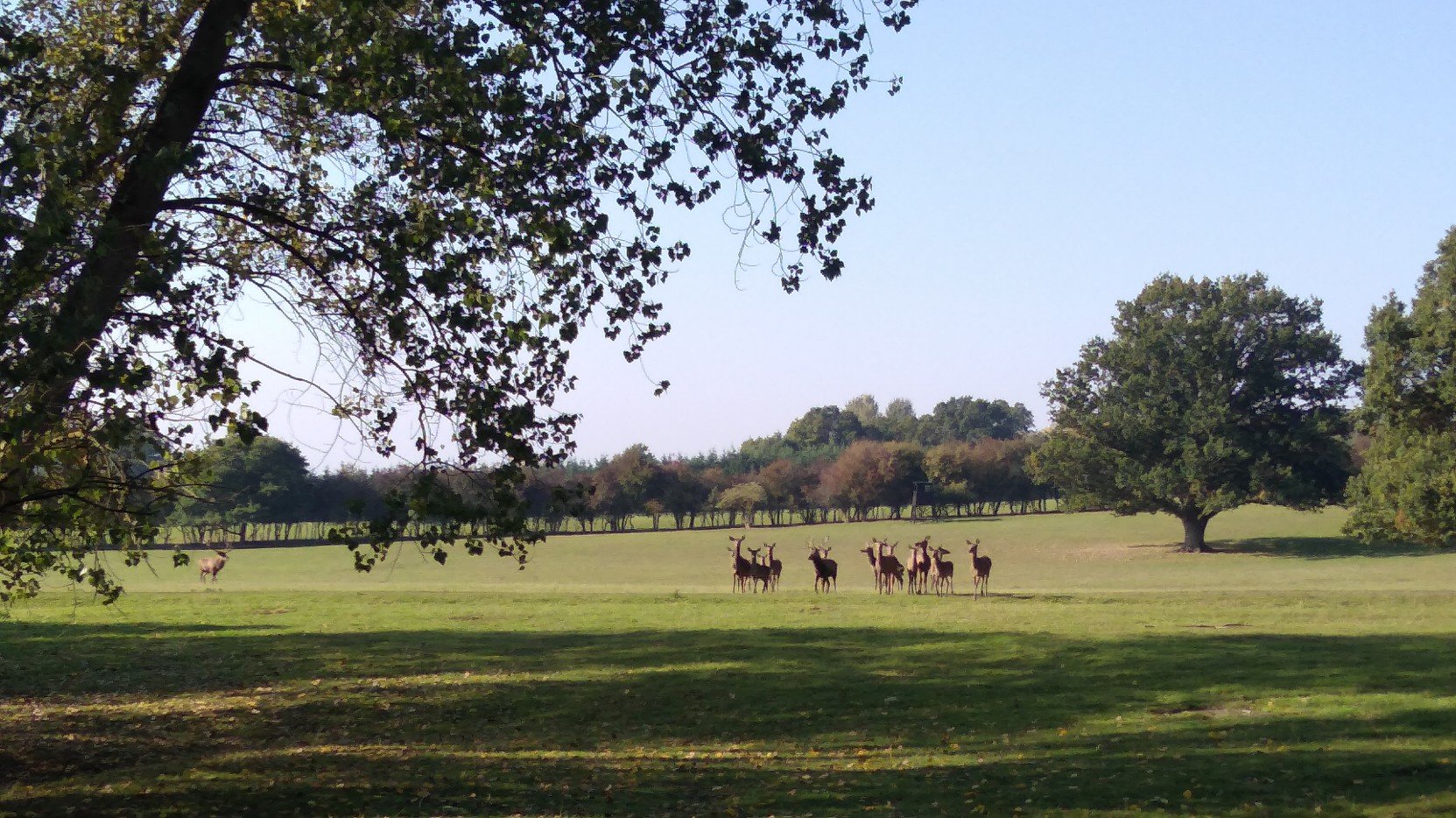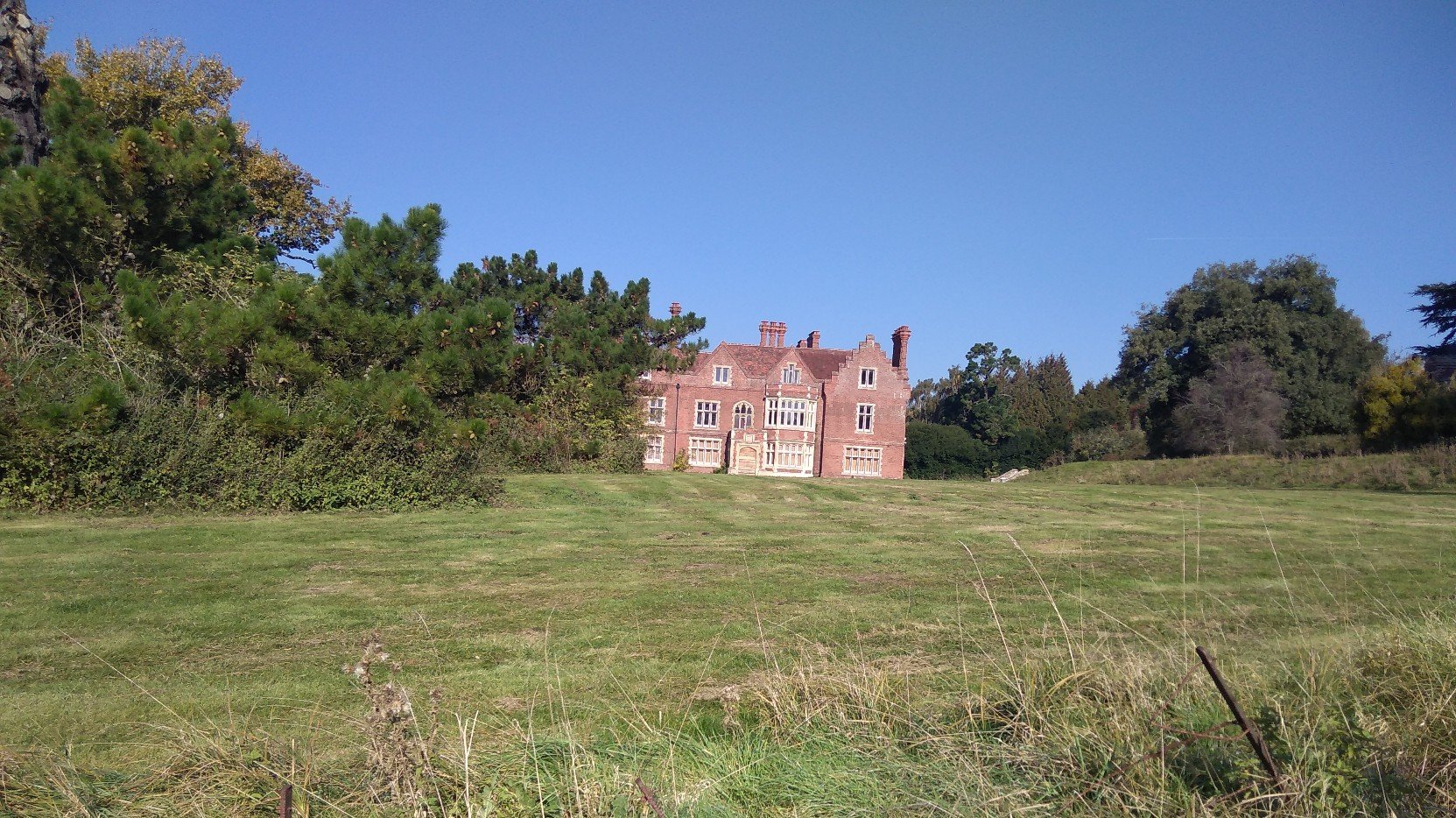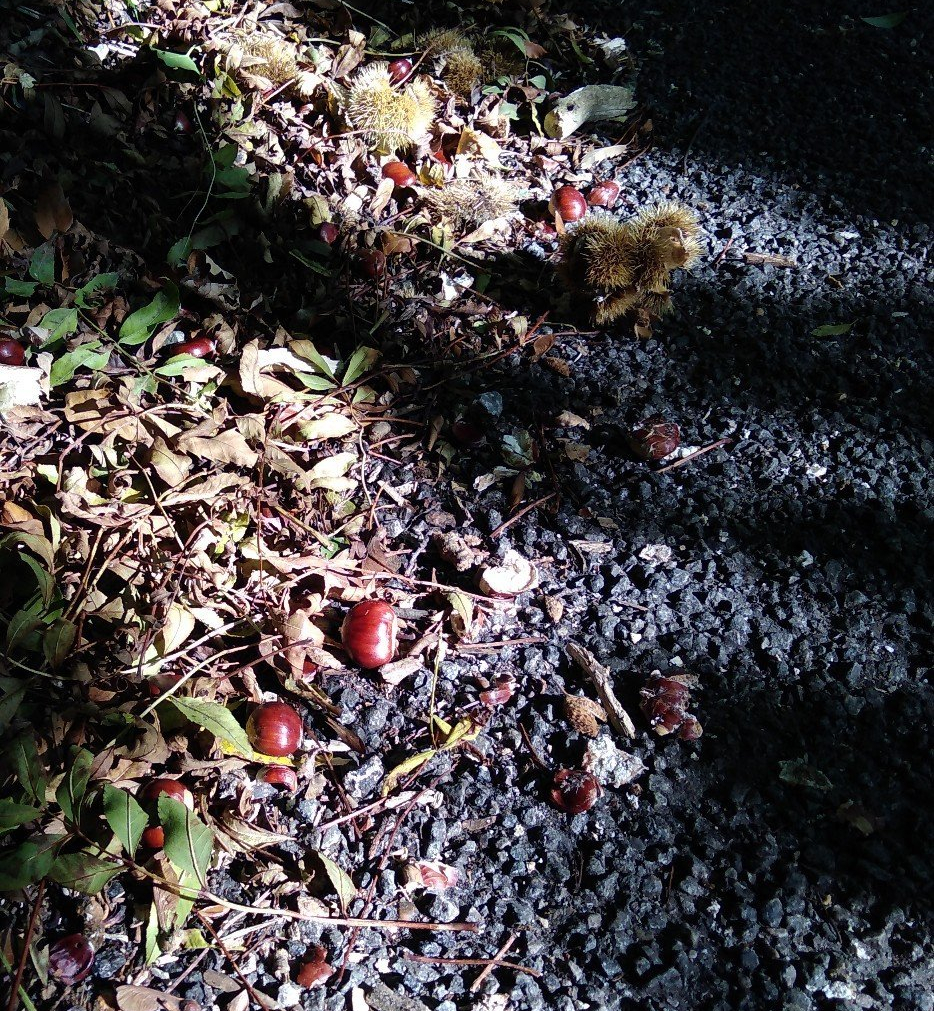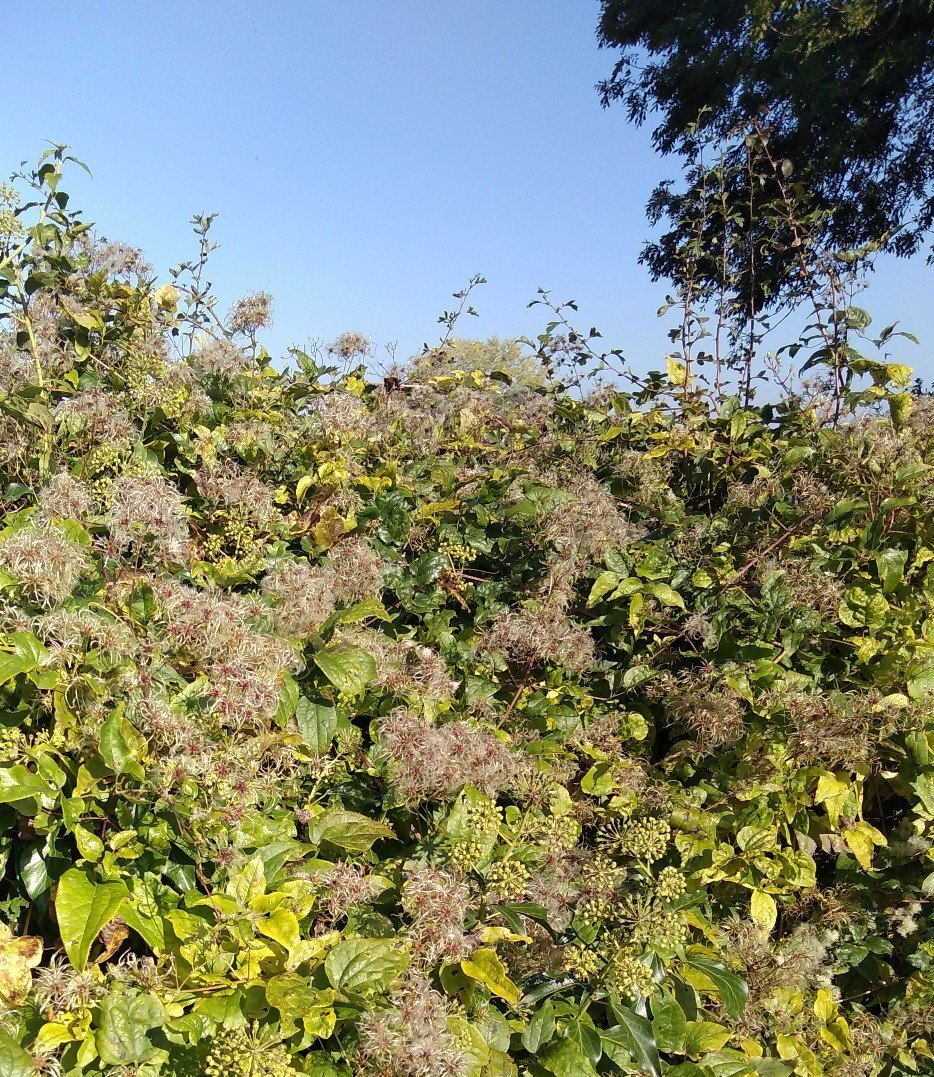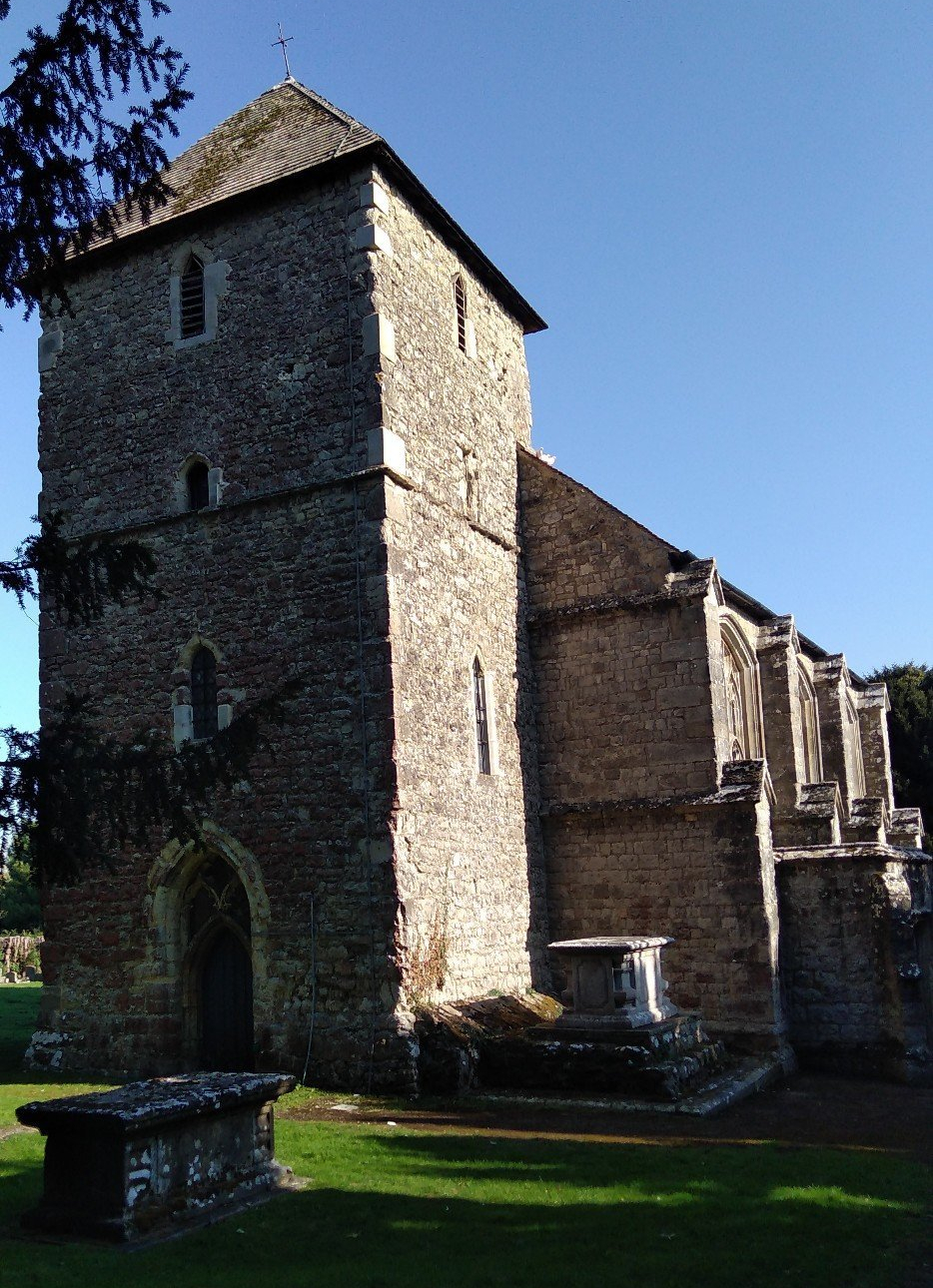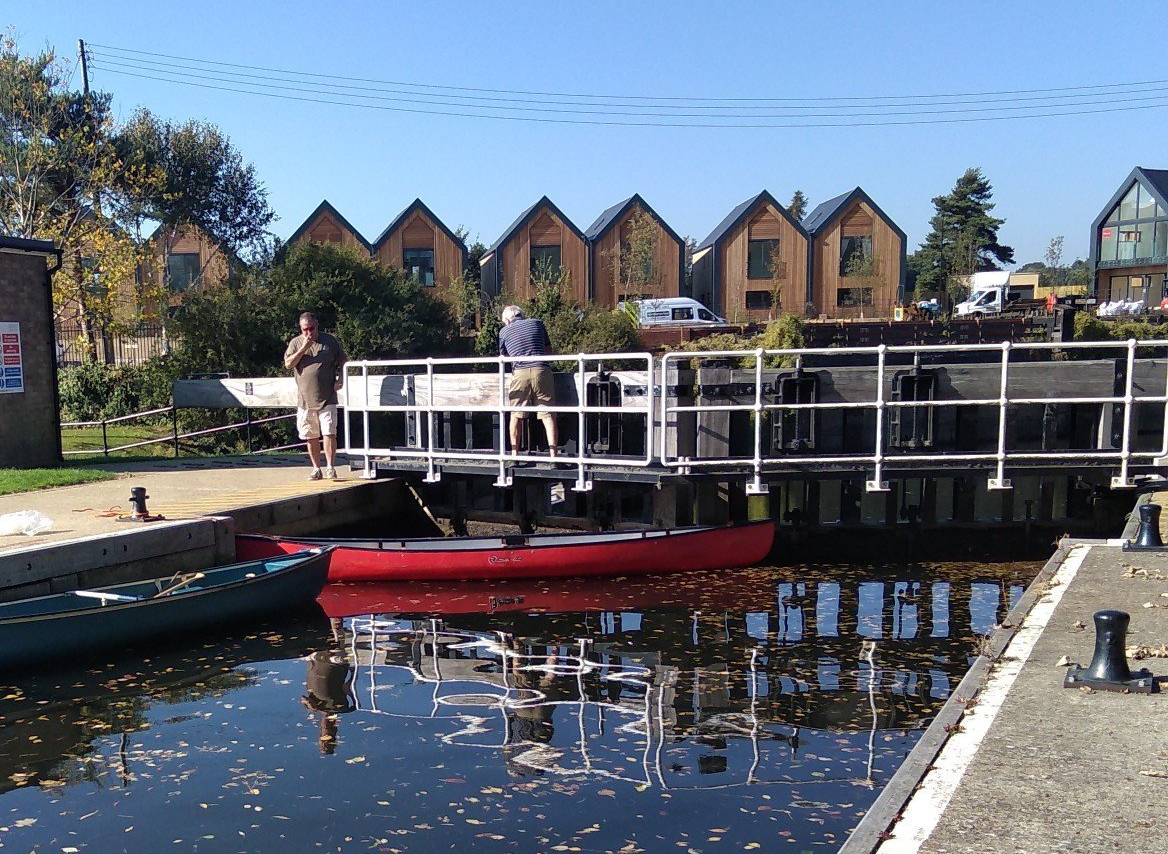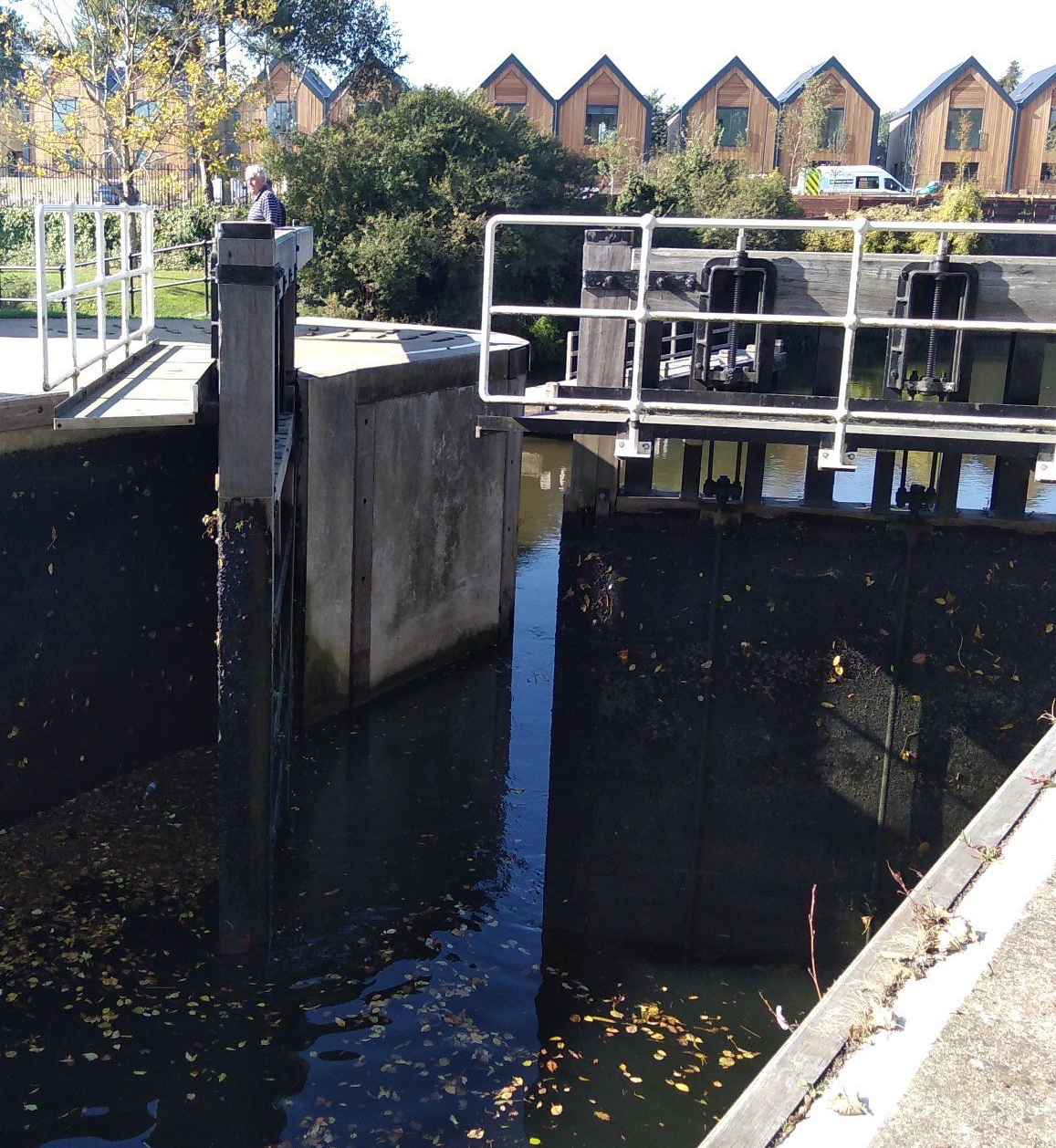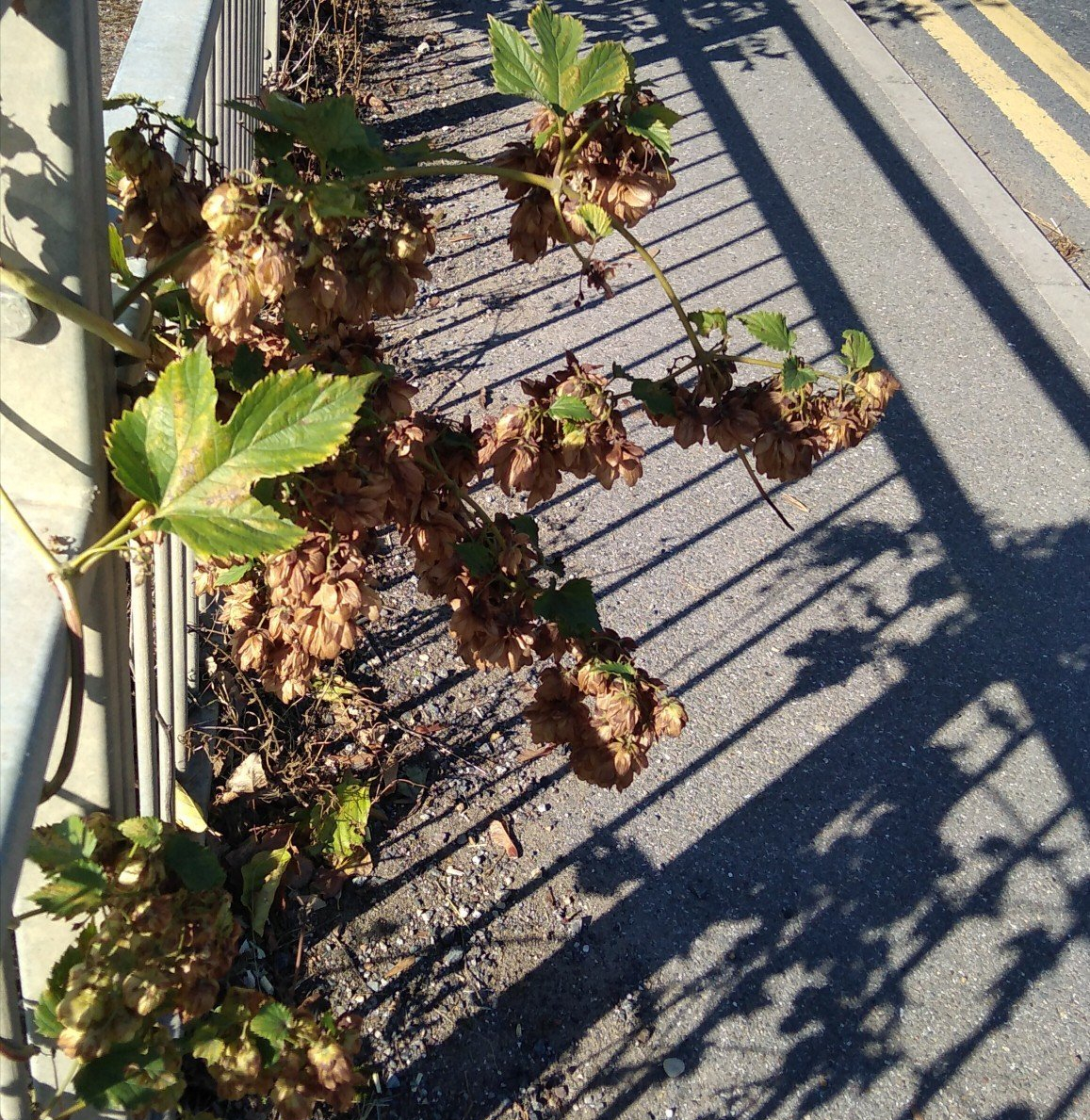16.3.20. This blog is unashamedly full of flowers, birds and other natural phenomena. I was very grateful to see that nature is carrying on (perhaps a little less interfered with than before) while all this is going on. It is intended as reassurance, and as a reminder that walking is allowed in the UK, even if you are at risk or at home because others in your family are unwell! I never thought I would have to use that phrase – how is it possible that walking needs to be sanctioned by a government? These are mighty strange times.

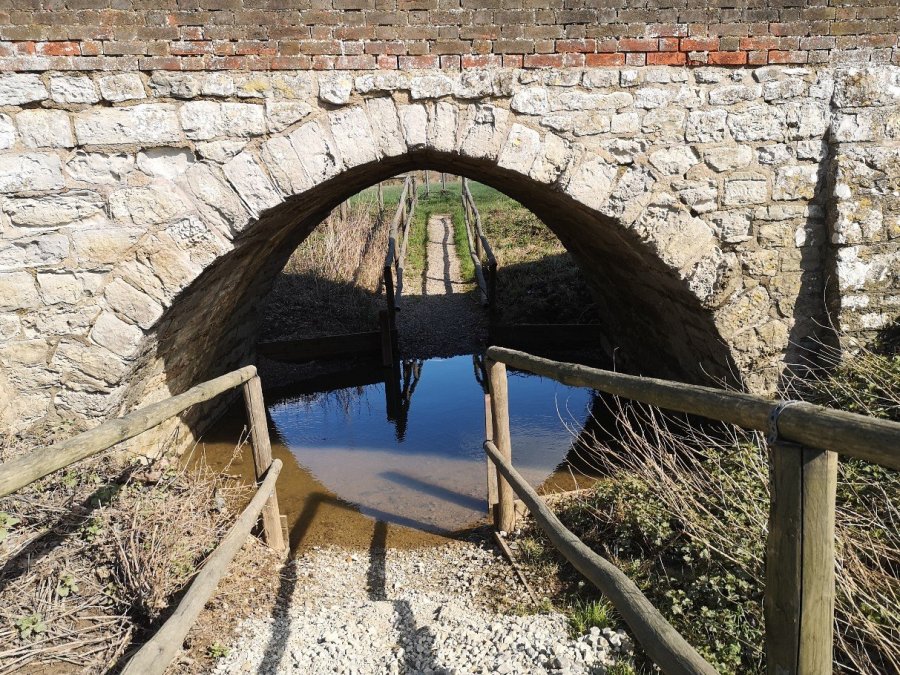
I walked across the Lees (more here) and tried to go under Twyford Bridge but it’s still flooded. I took the pedestrian way that bypasses Hampstead Weir (see above link for sunny photos from an earlier time) and comes out at Teapot Island. From there I took a left to walk along the towpath with the River Medway on my right. There were no fishermen today, but there was a man in wellies and shorts, his knees looking rather vulnerable, having a smoke, and another further on, busy weeding. They were outside the new fixed caravans which are lined up neatly there – rather liable to getting wet, I would hazard.
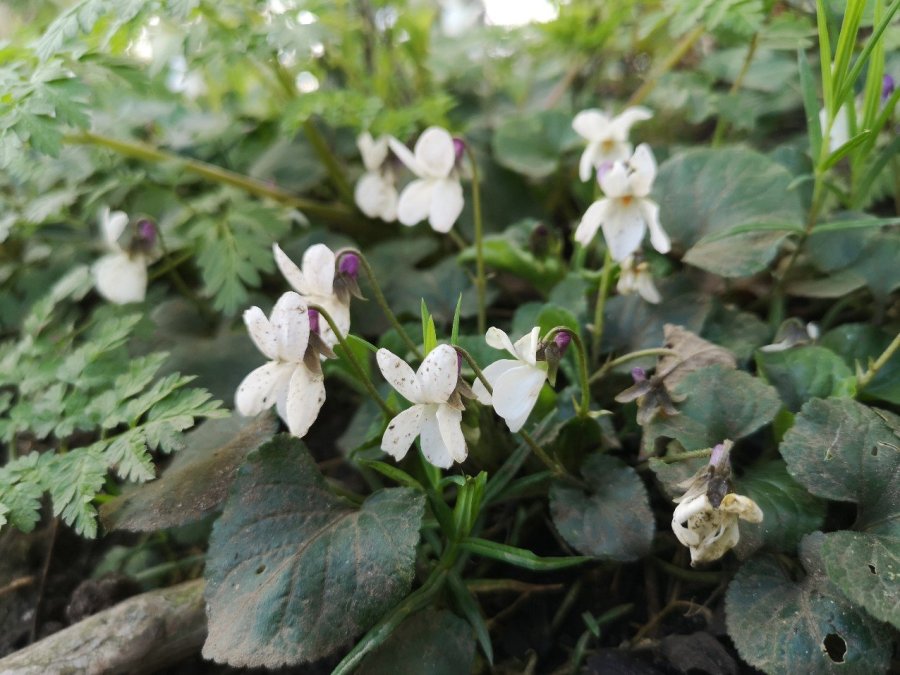

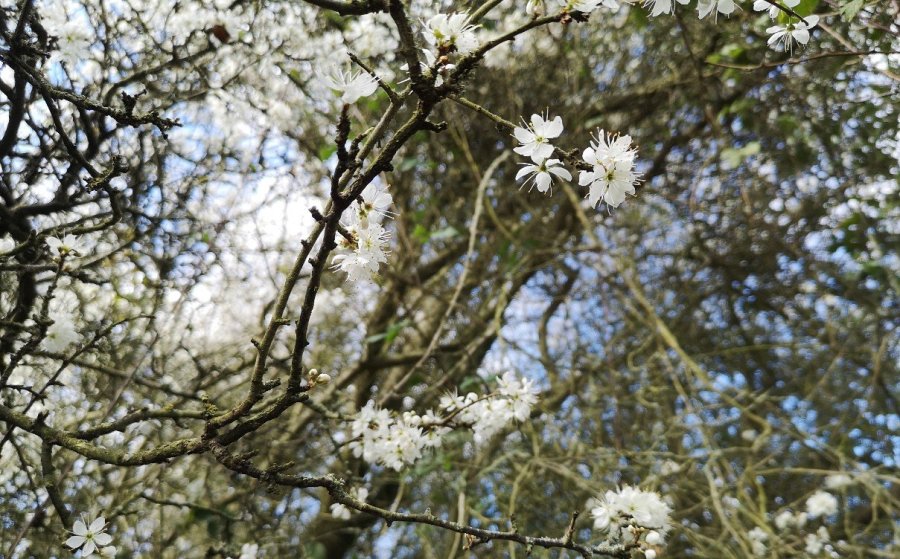
The sun shows up all manner of miniscule details: a strand, a filament of spider’s web stuck to a bramble new-leaf which is coexisting with the old ones on the same stem. There are also aged twigs, dry leaves, spent old man’s beard alongside the new blackthorn flowers and buds. We are all together in this.

I began in a thwarted frame of mind: It was about when you want to walk from a-to-b-to-c, but have to settle with there-and-back. Then, quickly, it was just as glorious as it could be. I had planned to walk The Pilgrim’s Way from Winchester to Canterbury across the North Downs. I even had the Pilgrim’s Passport sent to me by a very helpful woman at the Cathedral in C. Another time!
Winnie-the-Pooh, or Pooh for short, was walking through the forest one day, humming proudly to himself. He had made up a little hum that very morning, as he was doing his Stoutness Exercises …Well, he was humming this hum to himself, and walking along gaily, wondering what everybody else was doing, and what it felt like, being somebody else, when suddenly he came to a sandy bank, and in the bank was …..
e reading club AA Milne
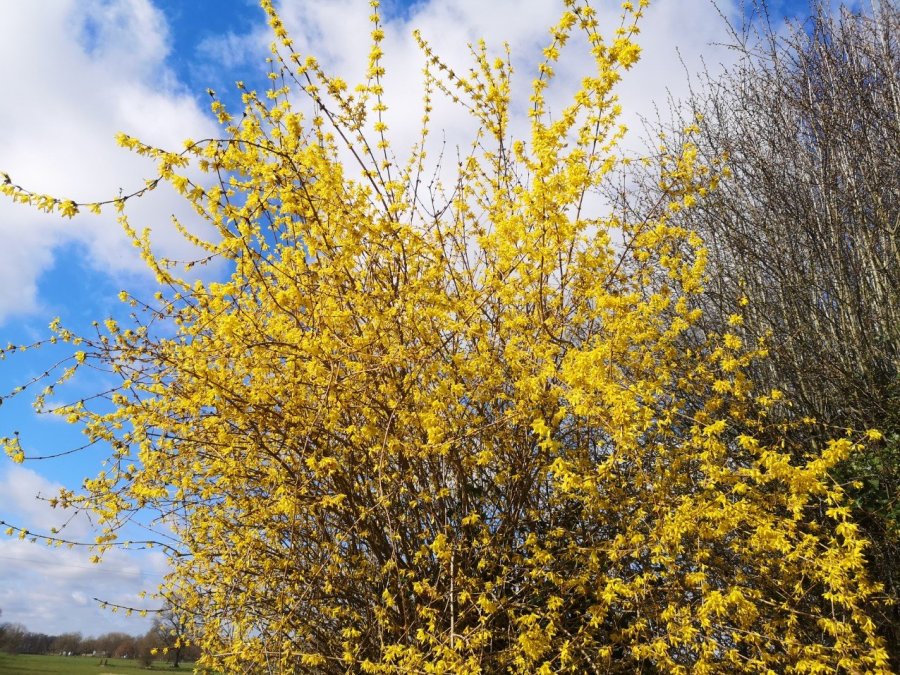
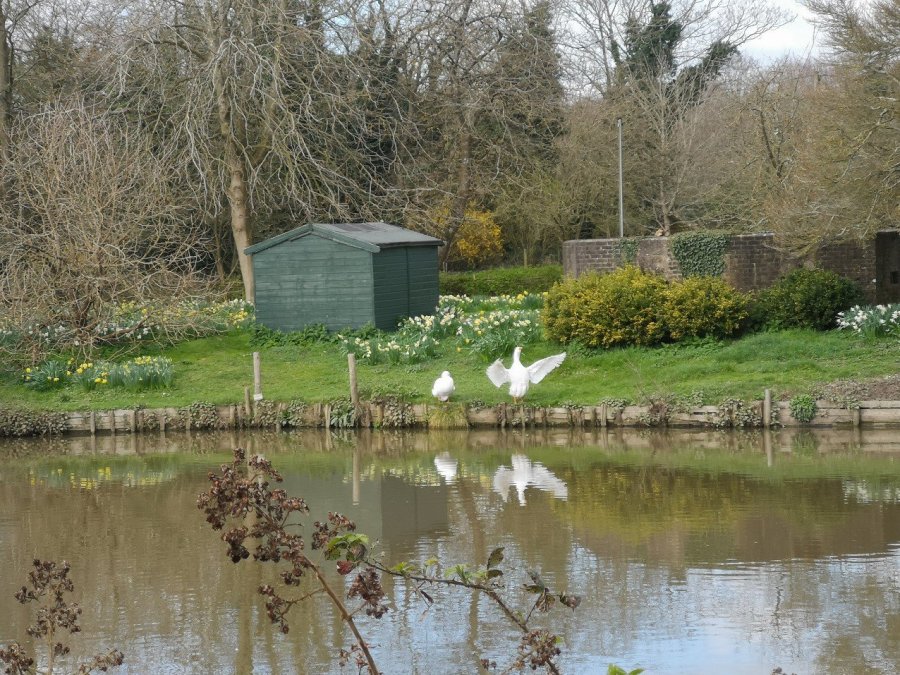
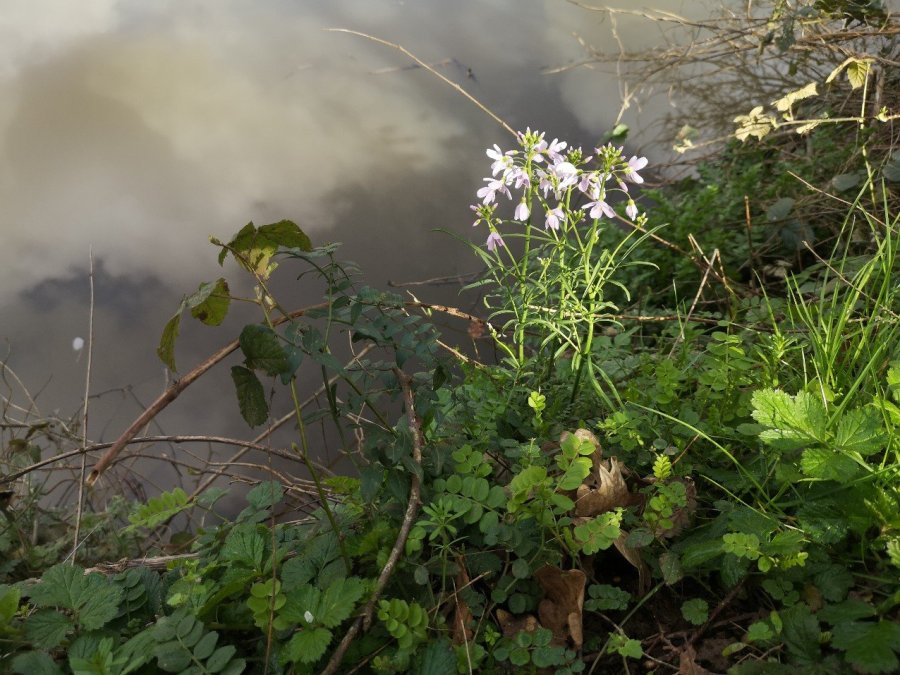
There was the scent of wood smoke, and the sound of water under the bridge and through the lock, of twittering, and an occassional parping from a train that was still running even despite the reduction in passengers due to the crown shaped virus.
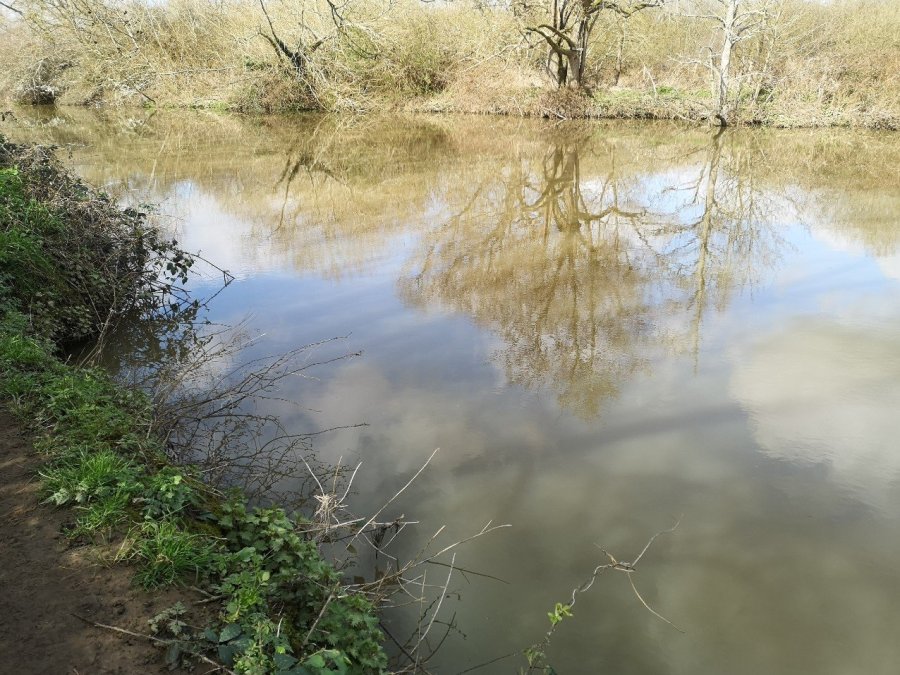
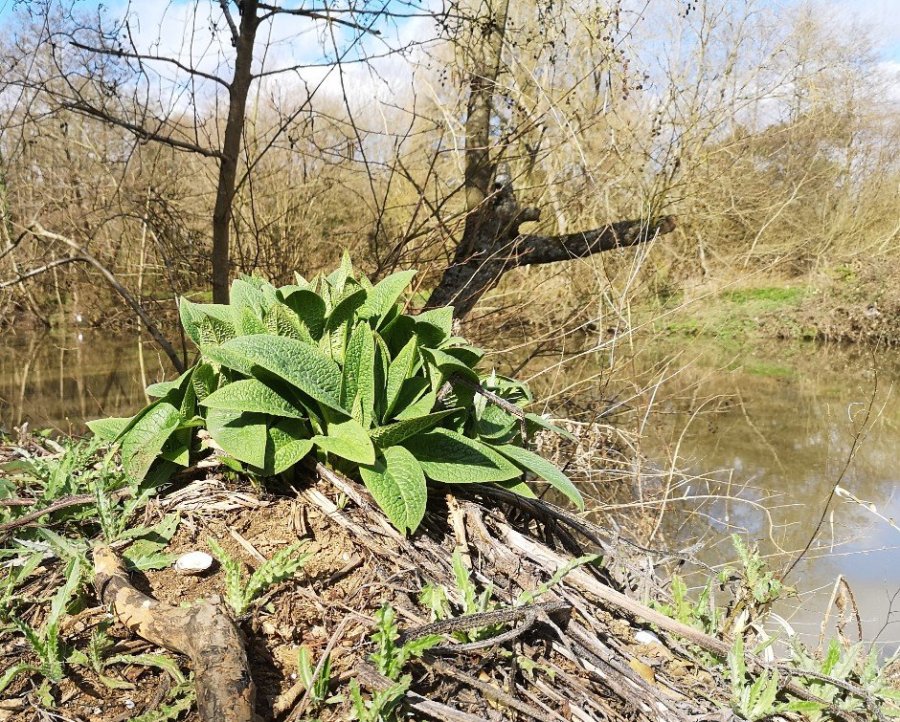
There were regal foxgloves – no flowers yet, just a fascinator of leaves tilted at a jaunty angle on a mount. Many, many wood anemones were spread across the earth. Copious bird calls either drowned out this winter’s new tinnitus (mostly in my right ear) or it just stopped. There was, however, the thrum of engines from somewhere offstage (which was not the sound in my head!)
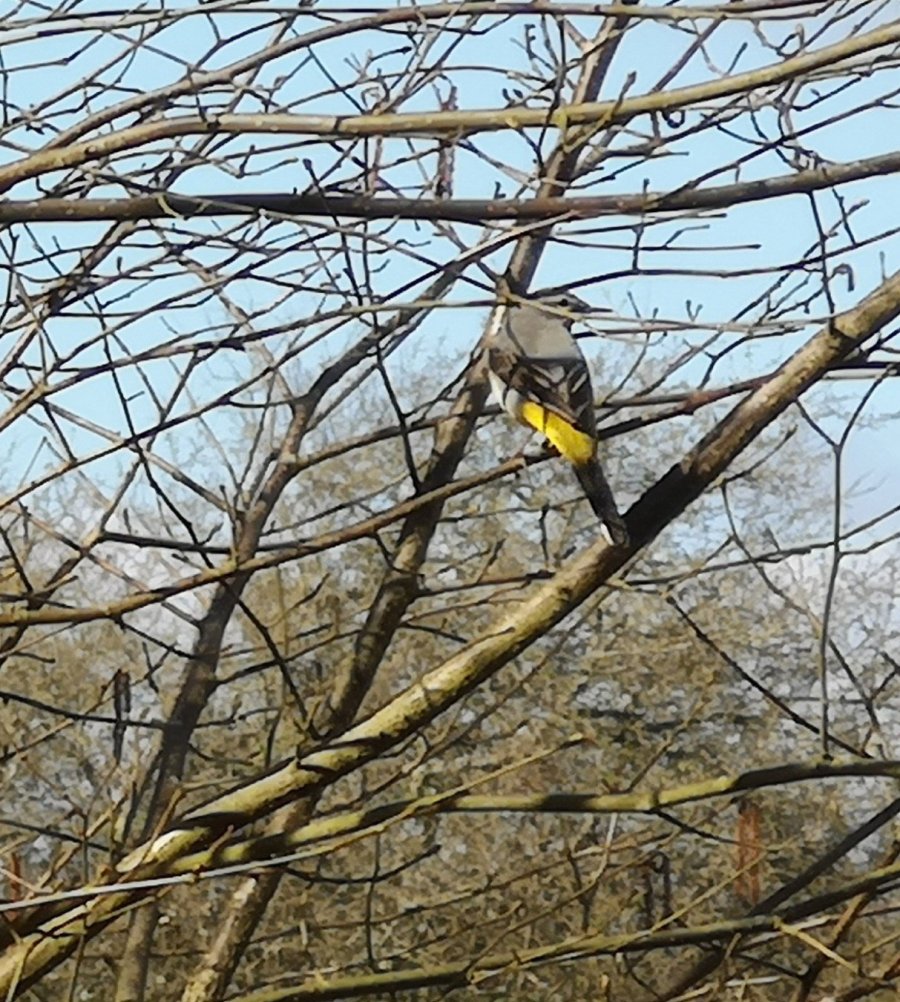
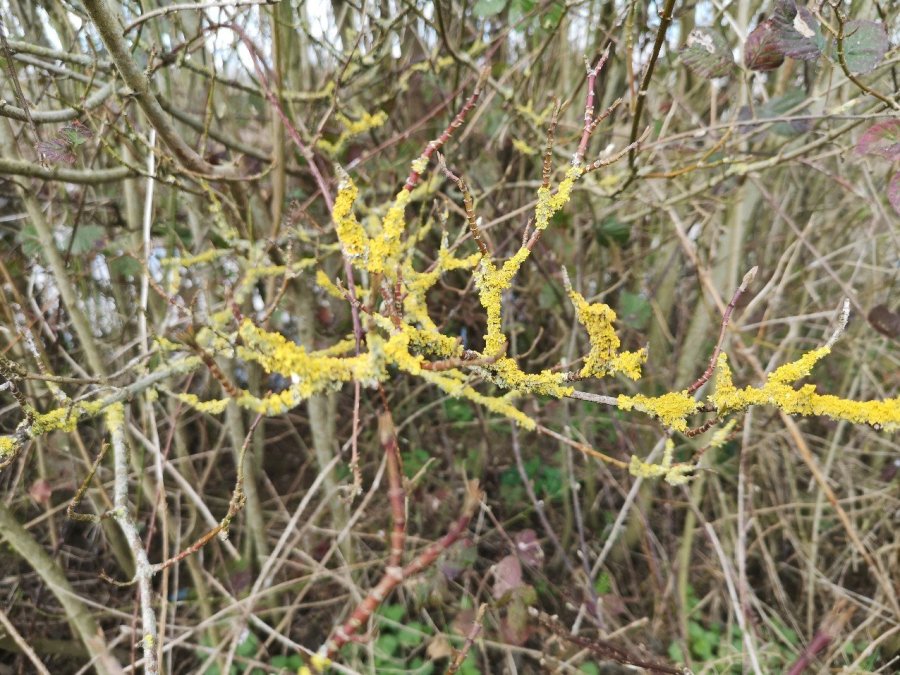

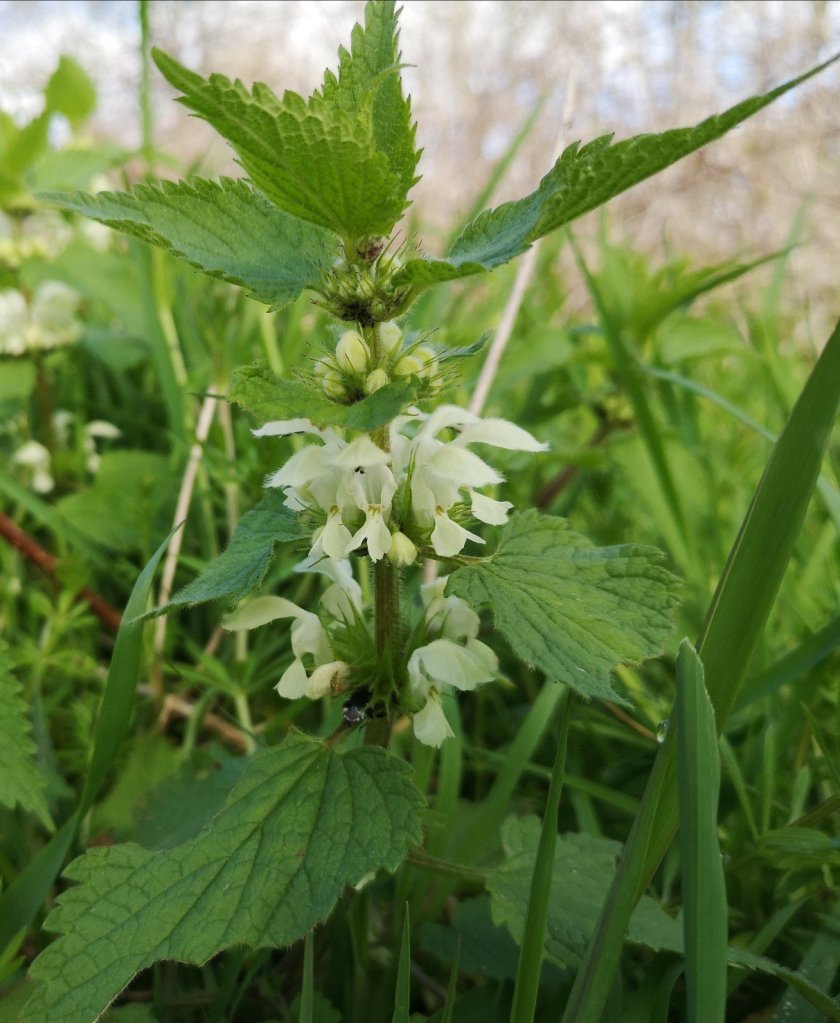
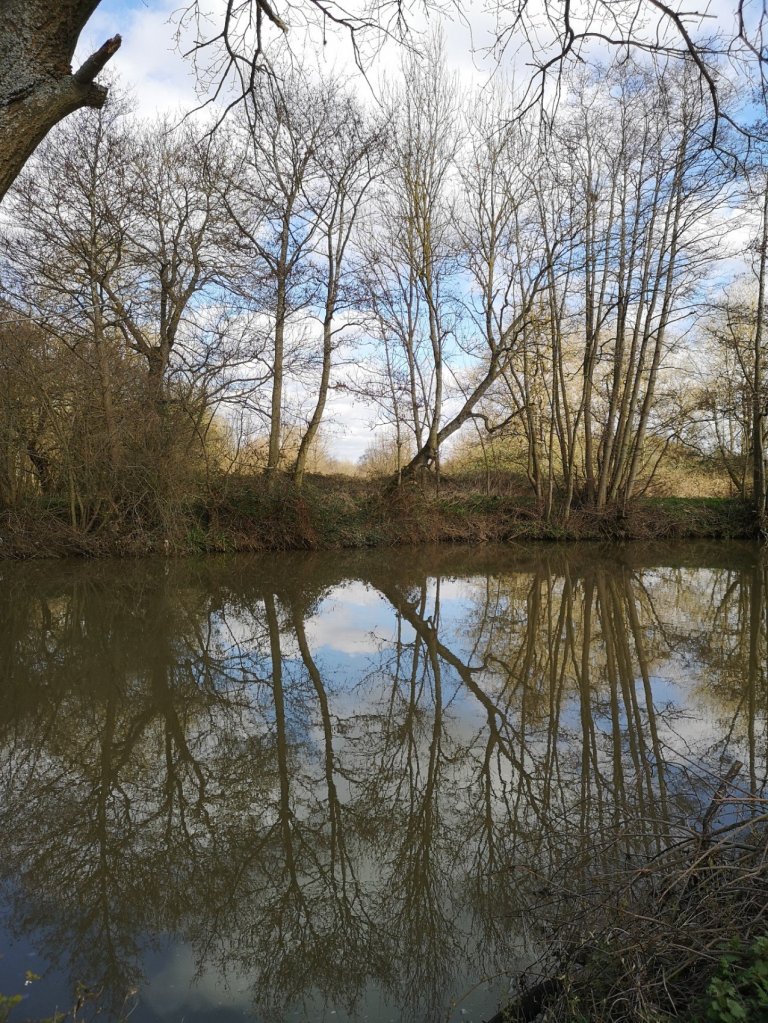


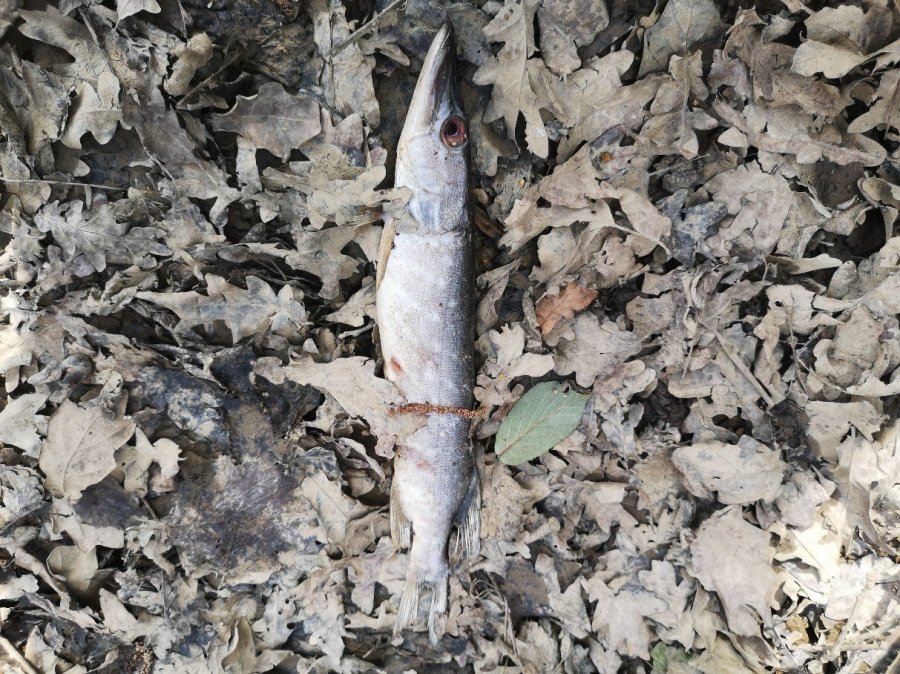
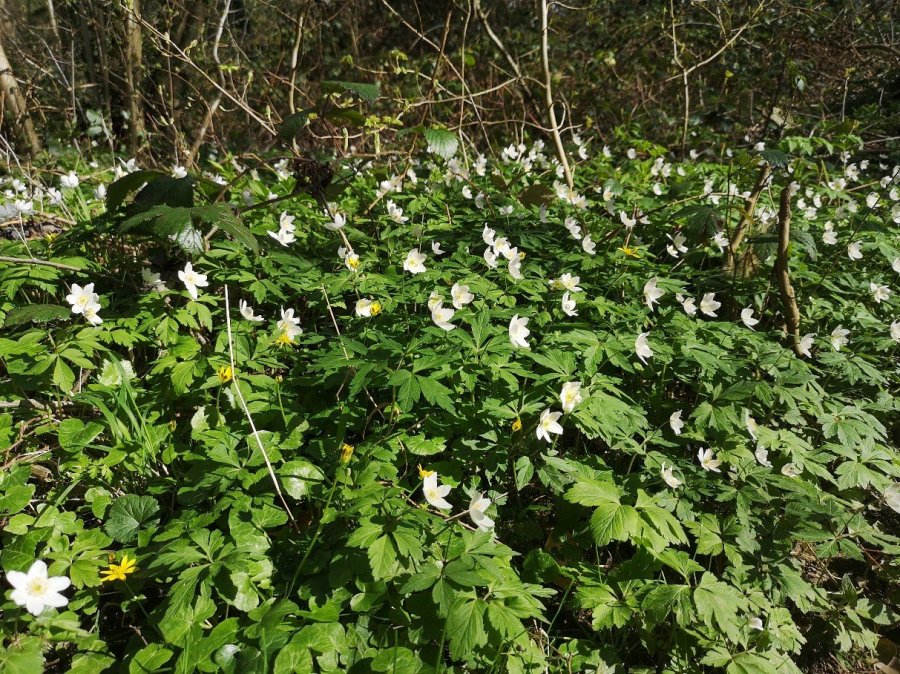
I spied one or two little settlements almost hidden by trees over the water, indications that people are living there quietly, in those beautiful spots. At a little bridge, I crossed to investigate the white flowers on the other side – were they wild garlic? No, instead a veritable sea of anemones. And, I spotted a large dead fish with a long nose – a pike – which I thought must have been flung there when the water broke the banks, because the greenery around it was all covered in a film of earth-dust. However, there was a hole in its side, so it must have been hoiked out by a human and not returned.
In the essence of full disclosure, I actually like the way northern pike taste. However, many would rather eat the aluminum foil the pike was cooked on than the fish itself. Well, with that in mind, one chef in Canada is about to change all that.
by Brad Smith
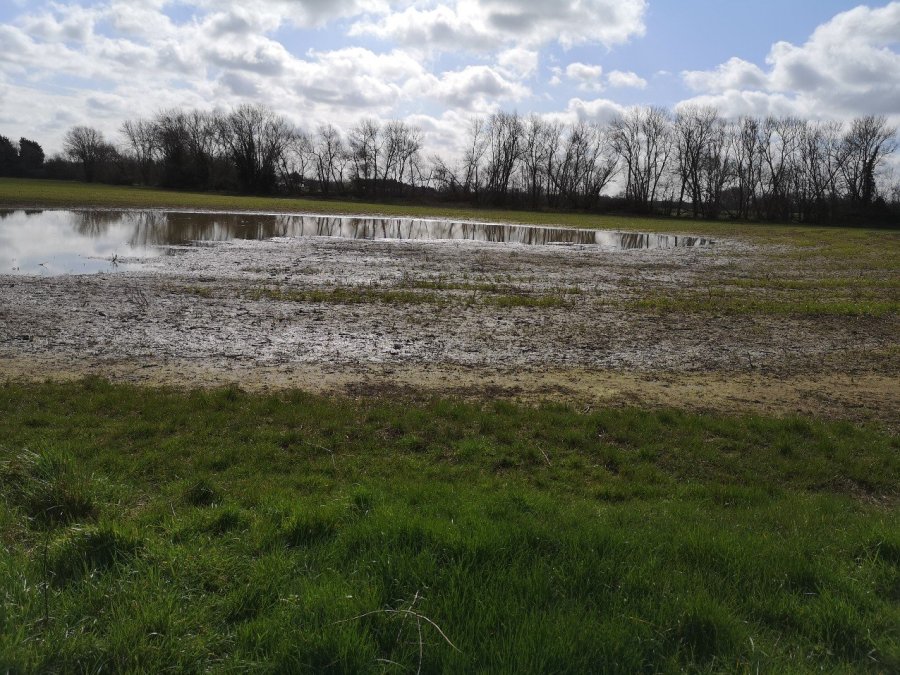
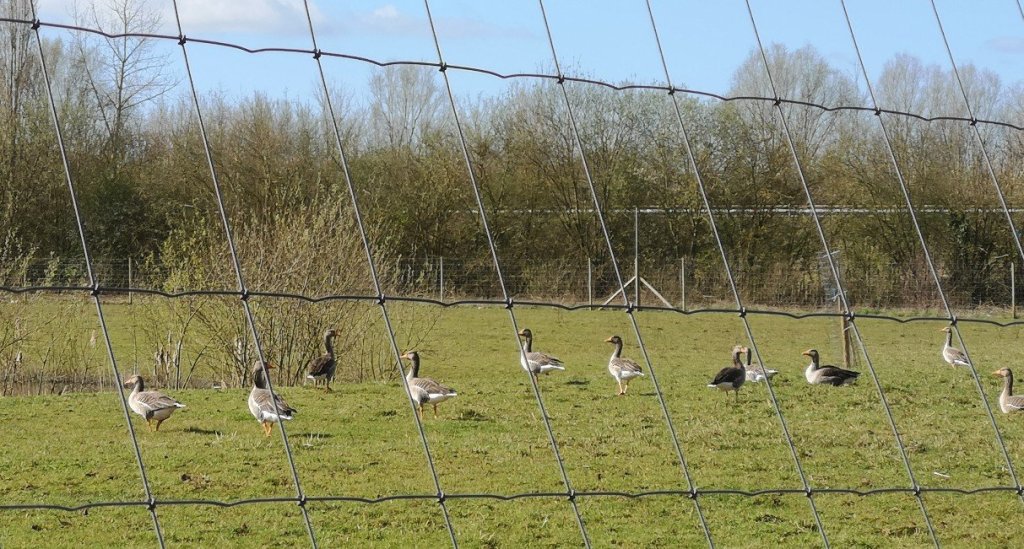


Coming up onto the road, I was in East Peckham with the food Co-op to my left. I spotted footpath signs up ahead pinting to the industrial area where they burn acrid things in backyards and the flooded woods are full of metal rubbish. Nevertheless, birds sang, woodpeckers clacked their beaks against bark, I spotted mallards and blackbirds, a thrush, a chaffinch – simply delightful.

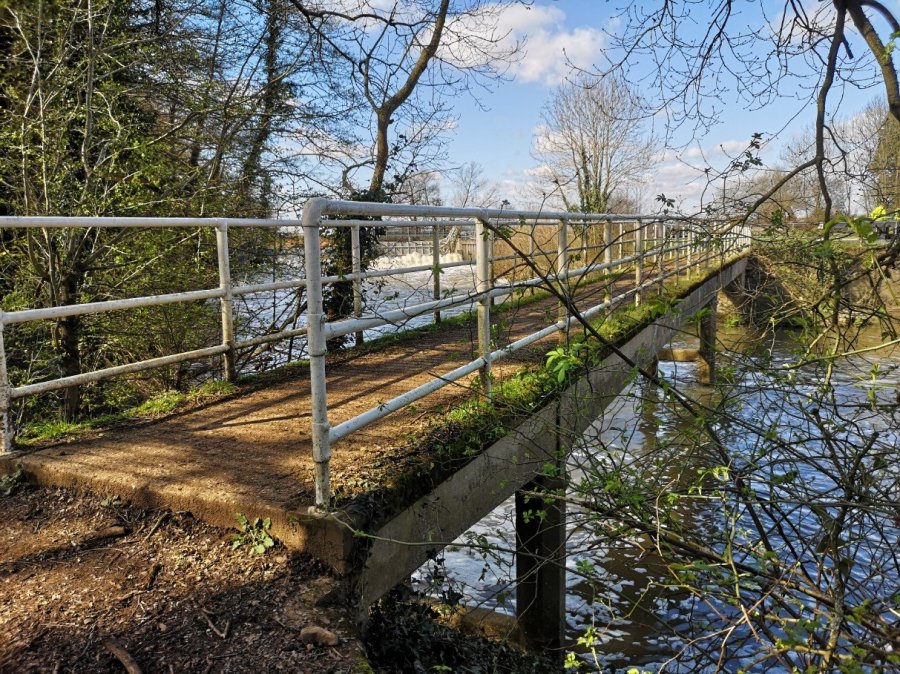
I was not clear which path to take at Sluice Weir Lock #6 located between the ‘River Walk Junction (Junction with the northern route to the railway bridge) (5 miles and 7¾ furlongs and 5 locks to the west) and Yalding Wharf (2 miles and 1 furlong to the northeast)’ also known as Branbridge’s Whark, Arnold’s Mill Lock, Pinkham. ‘Straight on to Hadlow and Golden Green, or over there to East Peckham which is very pretty’ said the male half of a couple I had been playing overtaking with for half an hour or so. They had a massive dog called Rudolf who, when he jumped up, was taller than me! I took the attractive route and they took the other. After all, we were supposed to be ‘social distancing’ which is possible but a bit weird – speaking to others with a 2 metre gap.
Note: a furlong is an eighth of a mile, 220 yards or 201 metres
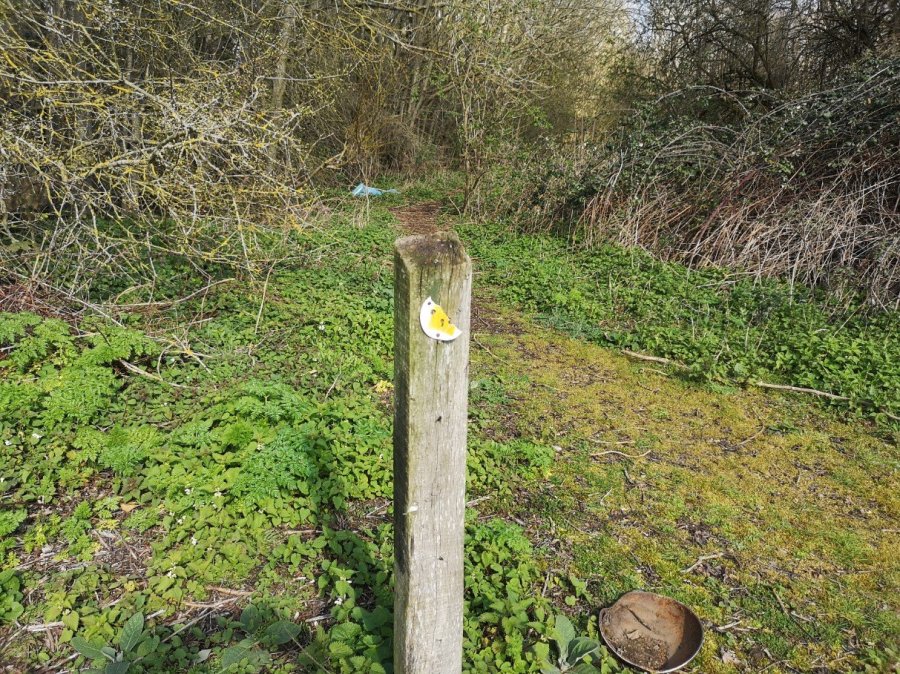
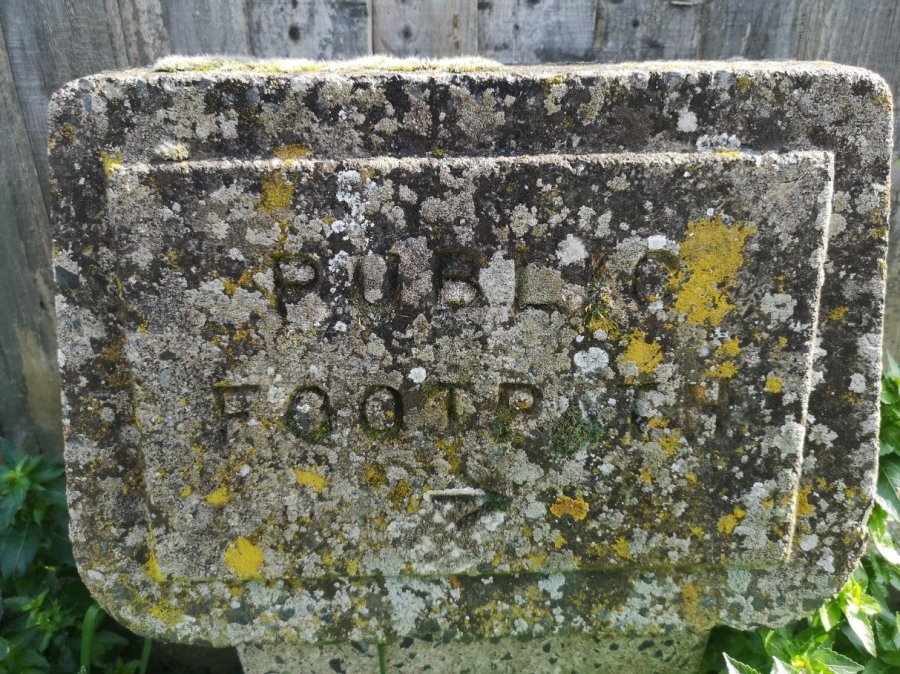
I explored the lock a little and then perused the woods where a huge bumble buzzed around my feet and a robin warbled and squeaked alongside me. There was the first butterfly of the year – bright orange like the redbreasts chest – on my return I saw a uniformly delicate yellow one.

I meanered through the trees, across a pedestrian bridge and came out at a big house and paddock, then a row of cottages. The house plaque reminded me of Dick Whittington which I took as a good sign – a pilgrim if ever there was one, with his staff and pack over his shoulder.
Popular legend makes Dick Whittington a poor orphan employed as a scullion by a rich London merchant. He ventures his only possession, a cat, as an item to be sold on one of his master’s trading ships. Ill-treated by the cook, Dick then runs away, but just outside the city he hears the prophetic peal of bells that seems to say “Turn again, Whittington, lord mayor of great London”
Britannica
I came out by bus stop on Old Road, East Peckham, opposite the street with the General Store and post office. The sun was warm and my 1.5 hours almost up before turning back. Retracing my footsteps and having a seat on the steps of the bridge, an satsuma revived me. I watched a cat emerge from the woods. She caught sight of me and took a sharp angle to avoid contact. There was a squirrel, but no chatter nor conversation.

I waved at a woman sitting under blossom reading. She had on a cardi which exactly matched the house and brown-red bush to her left. It tuned out to one of my mother’s friends – a village is a small place. She was bemused, not knowing me at all.
This walk took me just under 3 hours from yalding High Street to Pinkham and back along the river (allowing plenty of time for photo taking!)

Walking keeps my energy flowing so I find I can be kinder. It does no-one any harm, and it feels as if it boosts my immune system. Do you like to walk? What effect does it have on your spirits?

